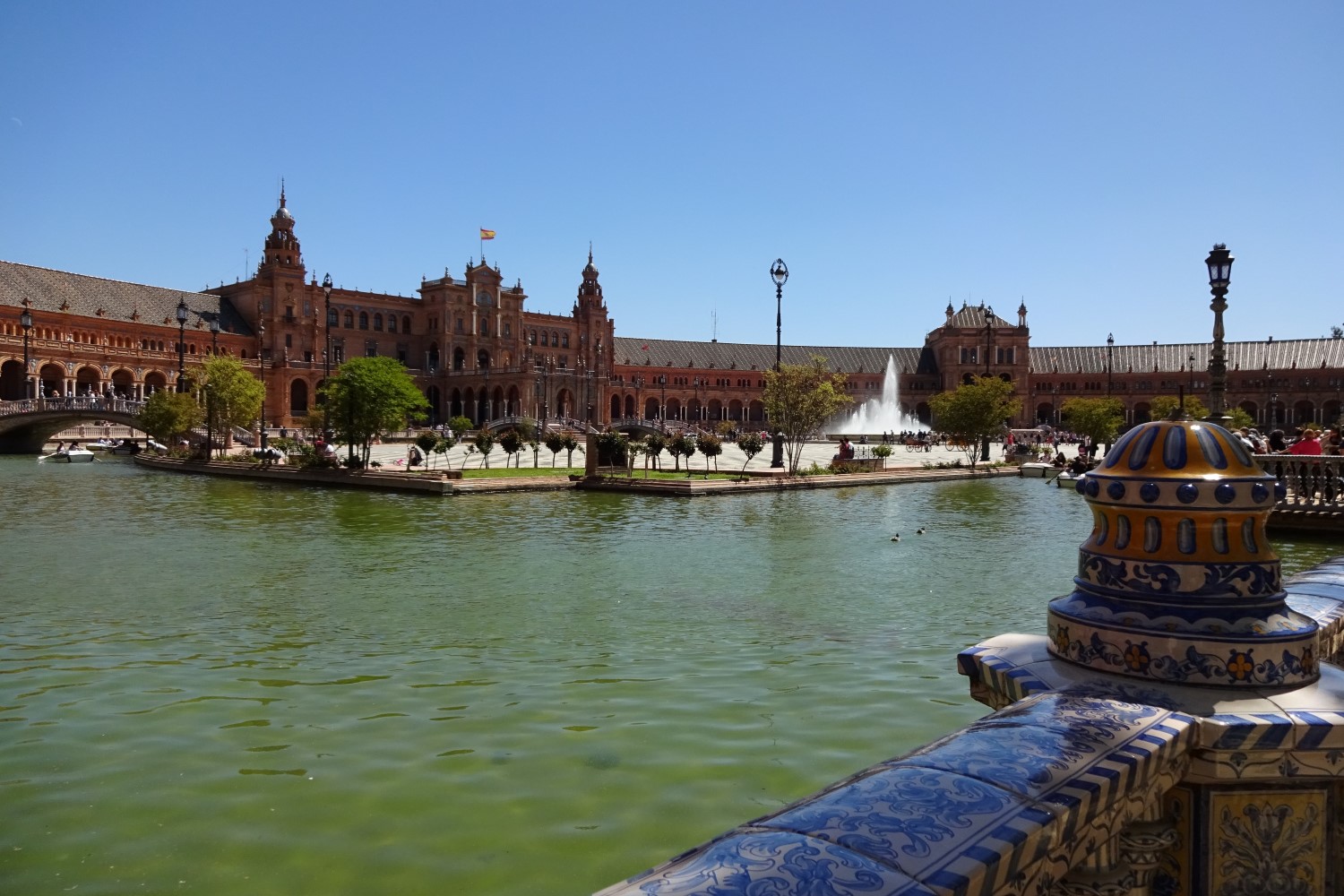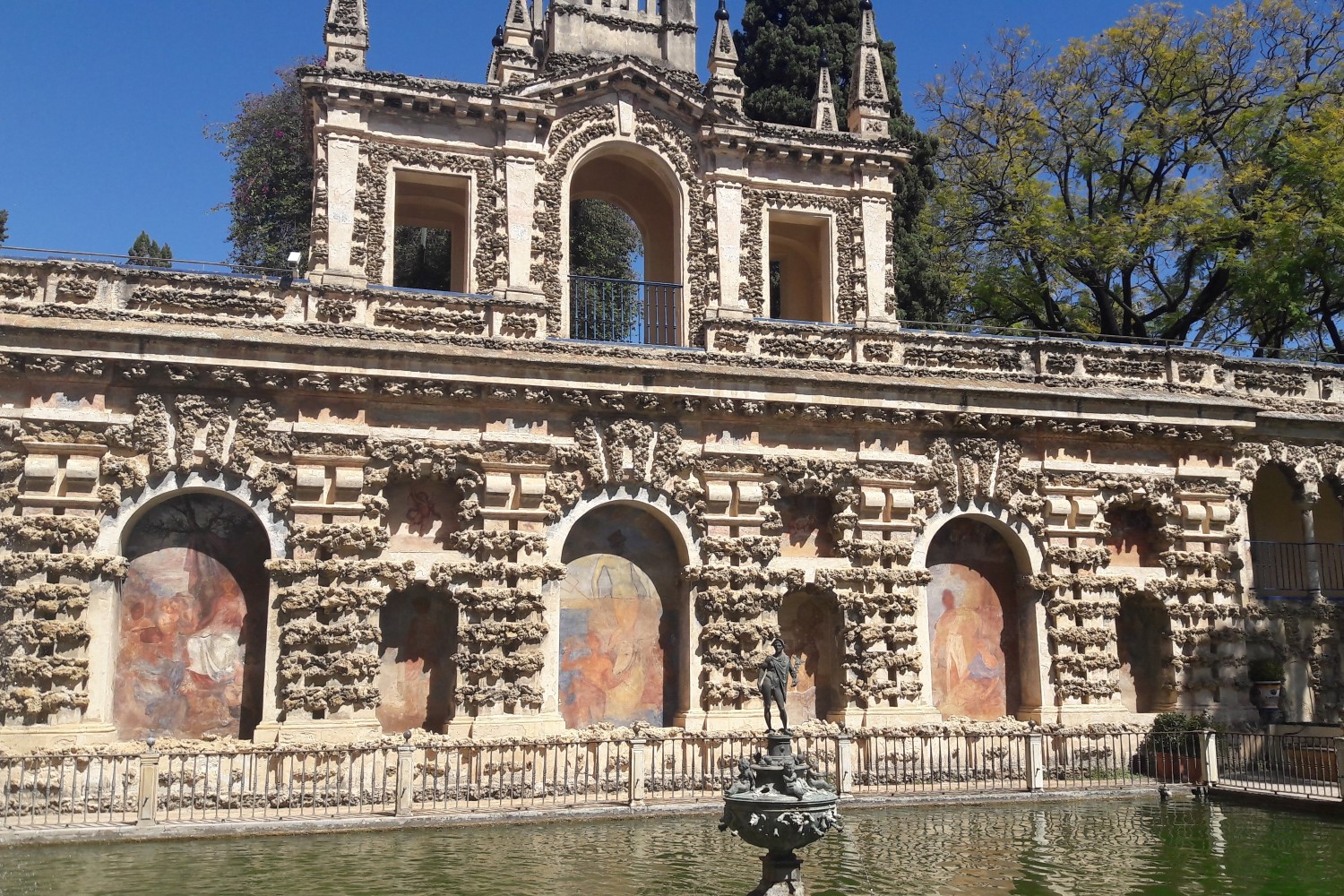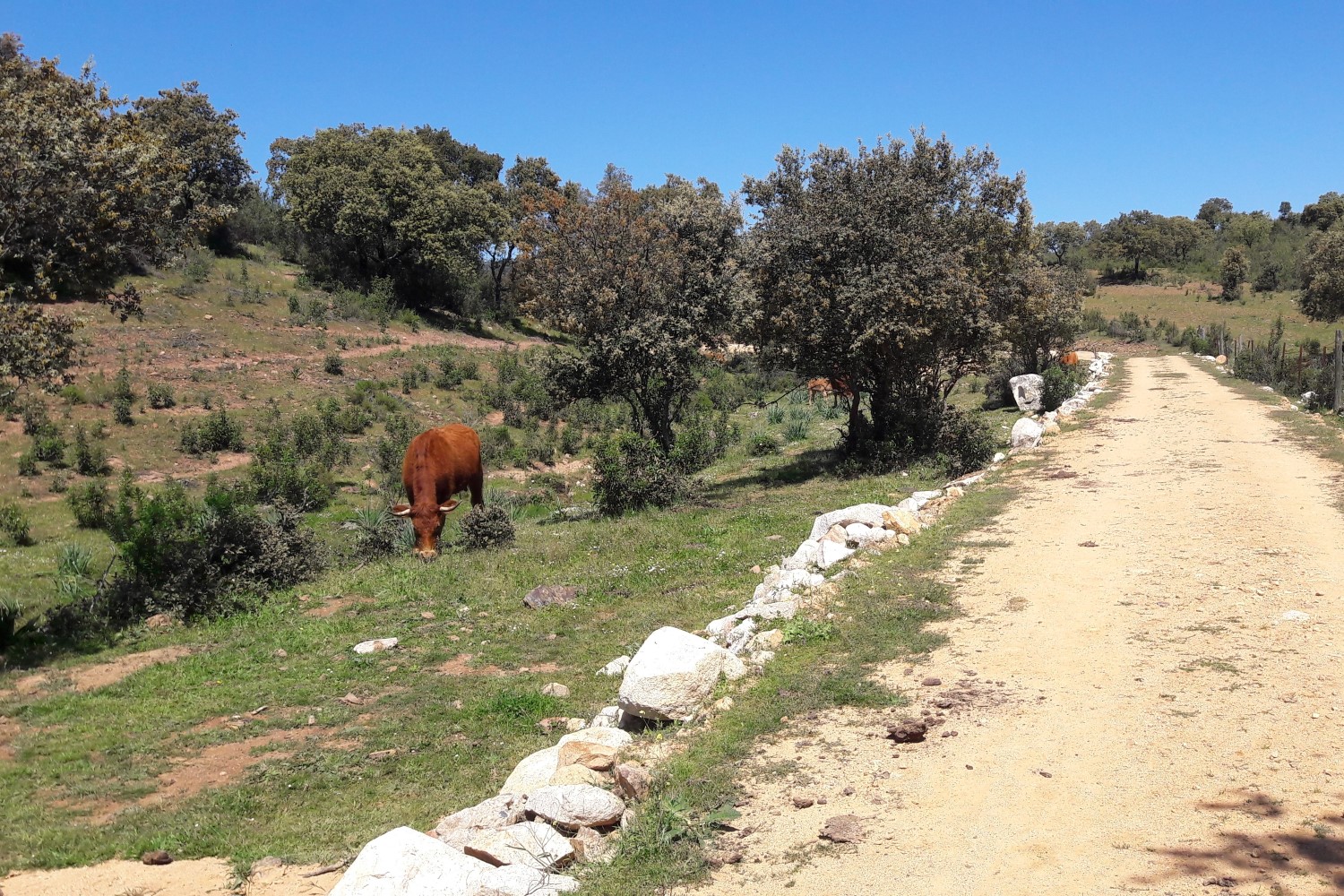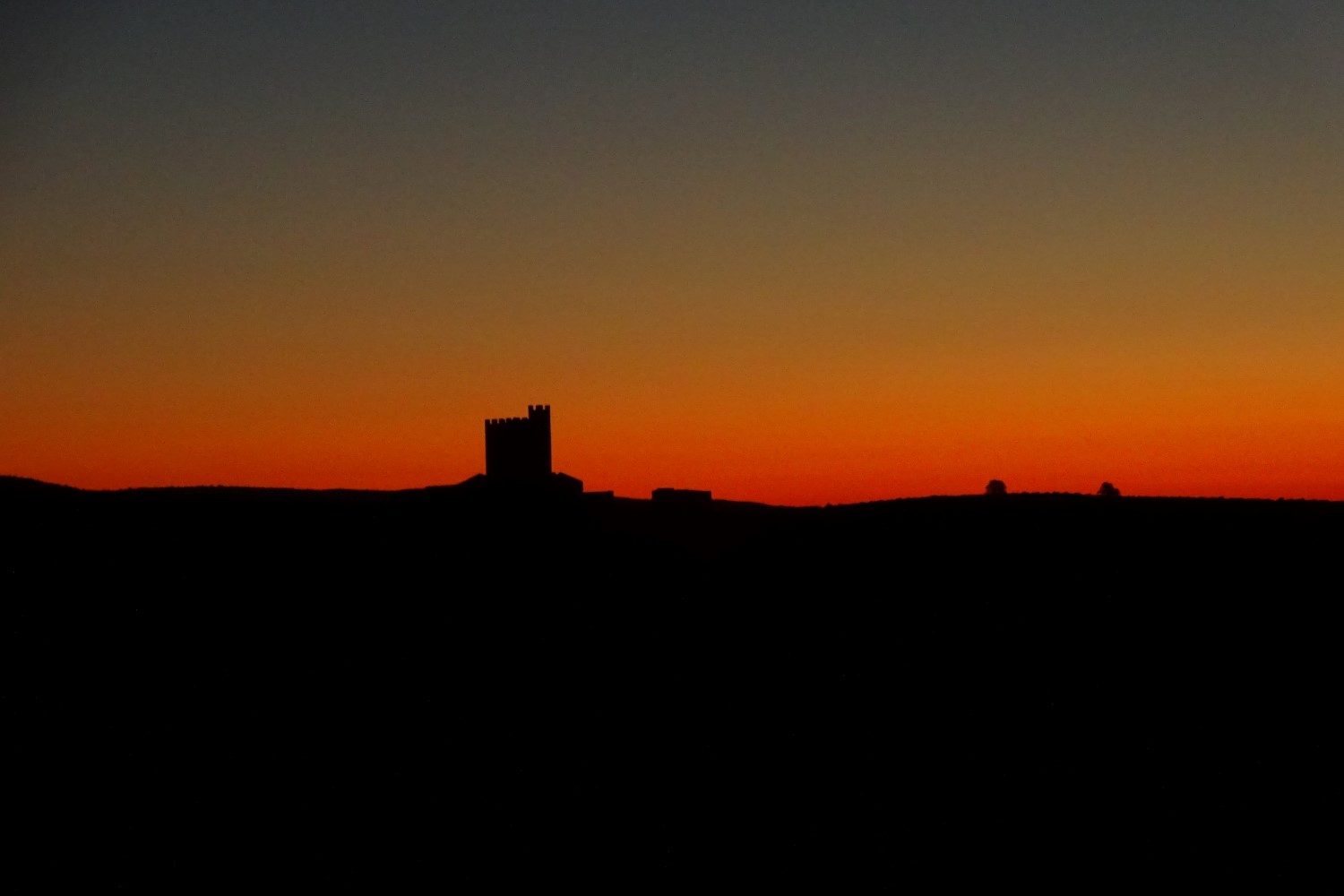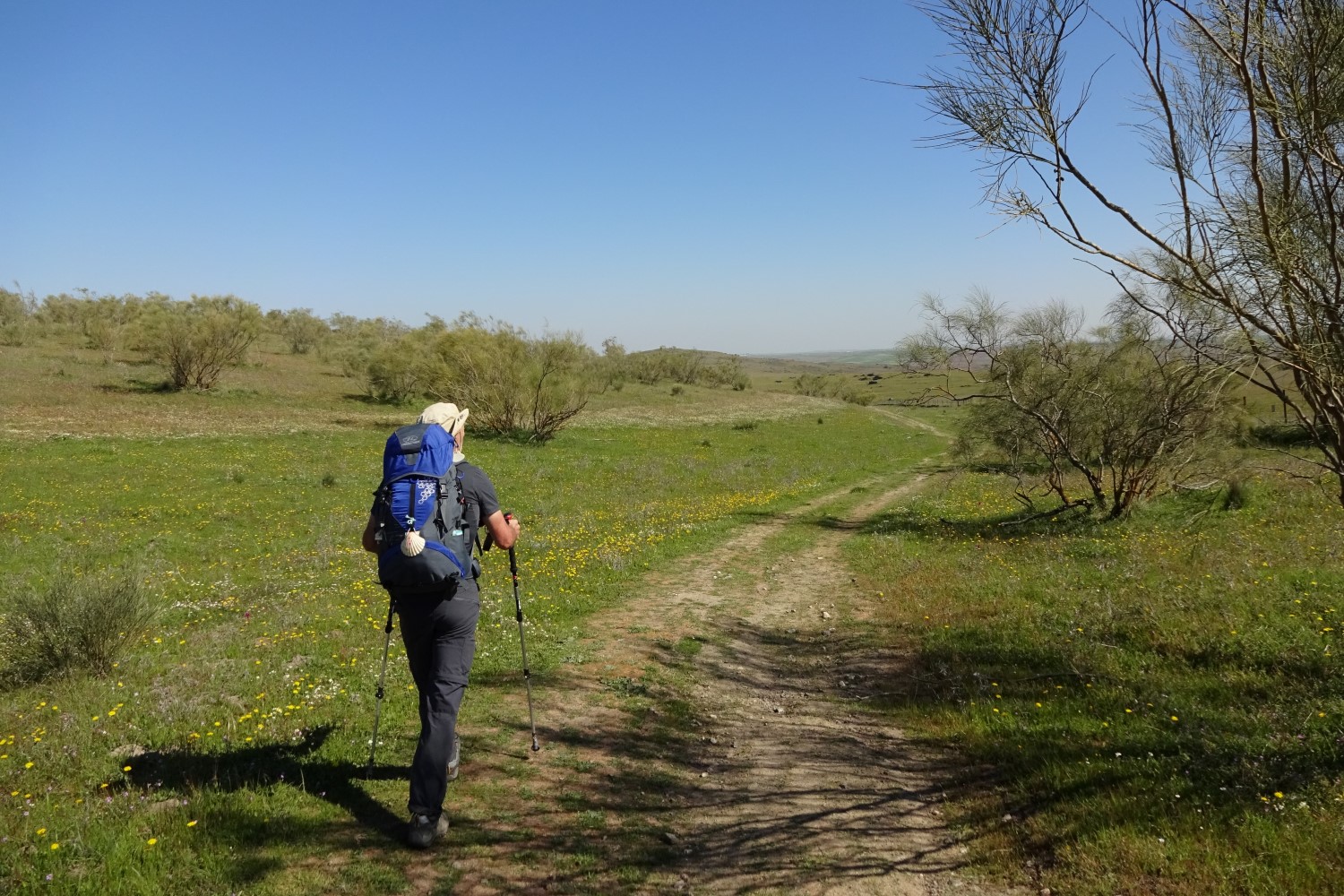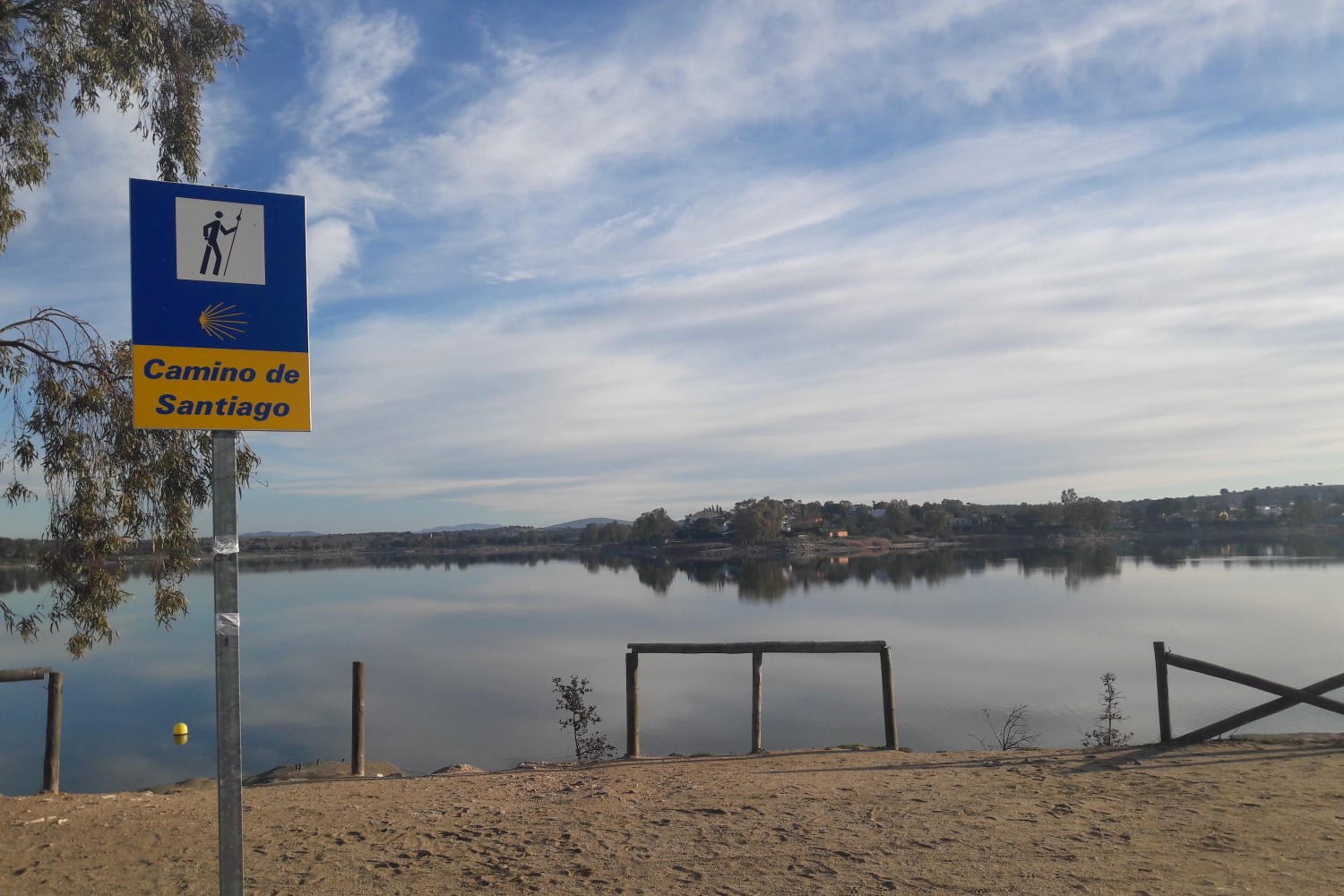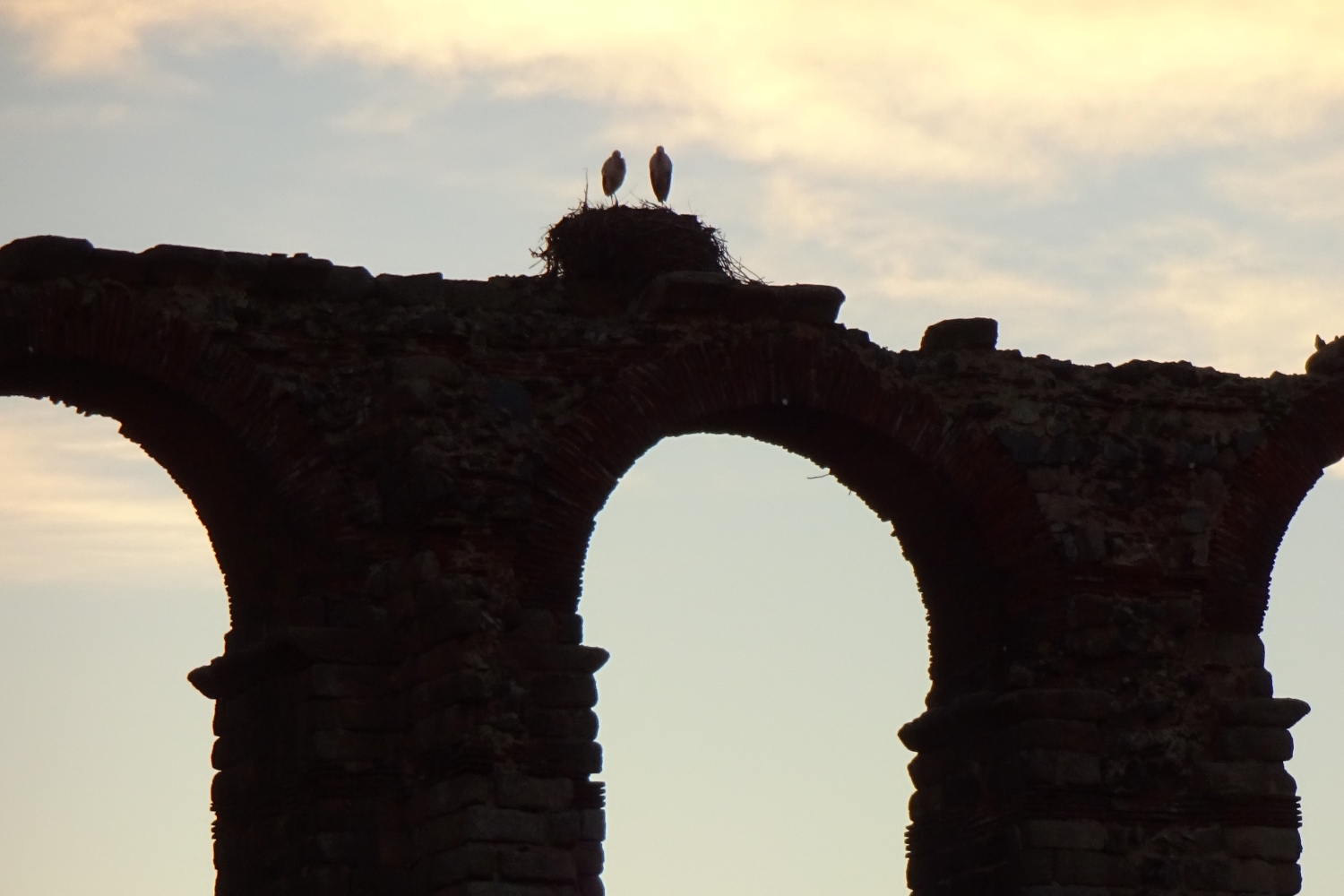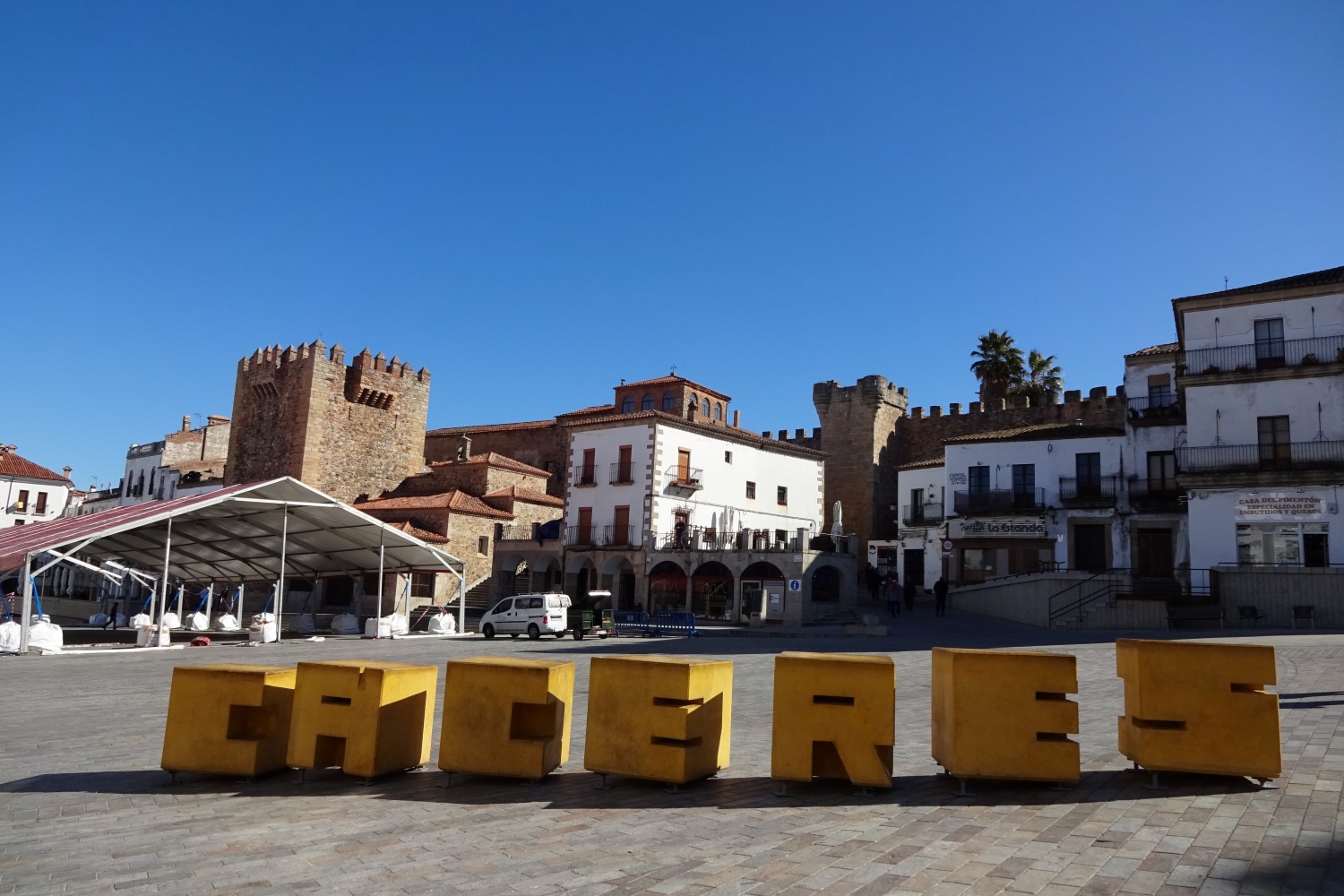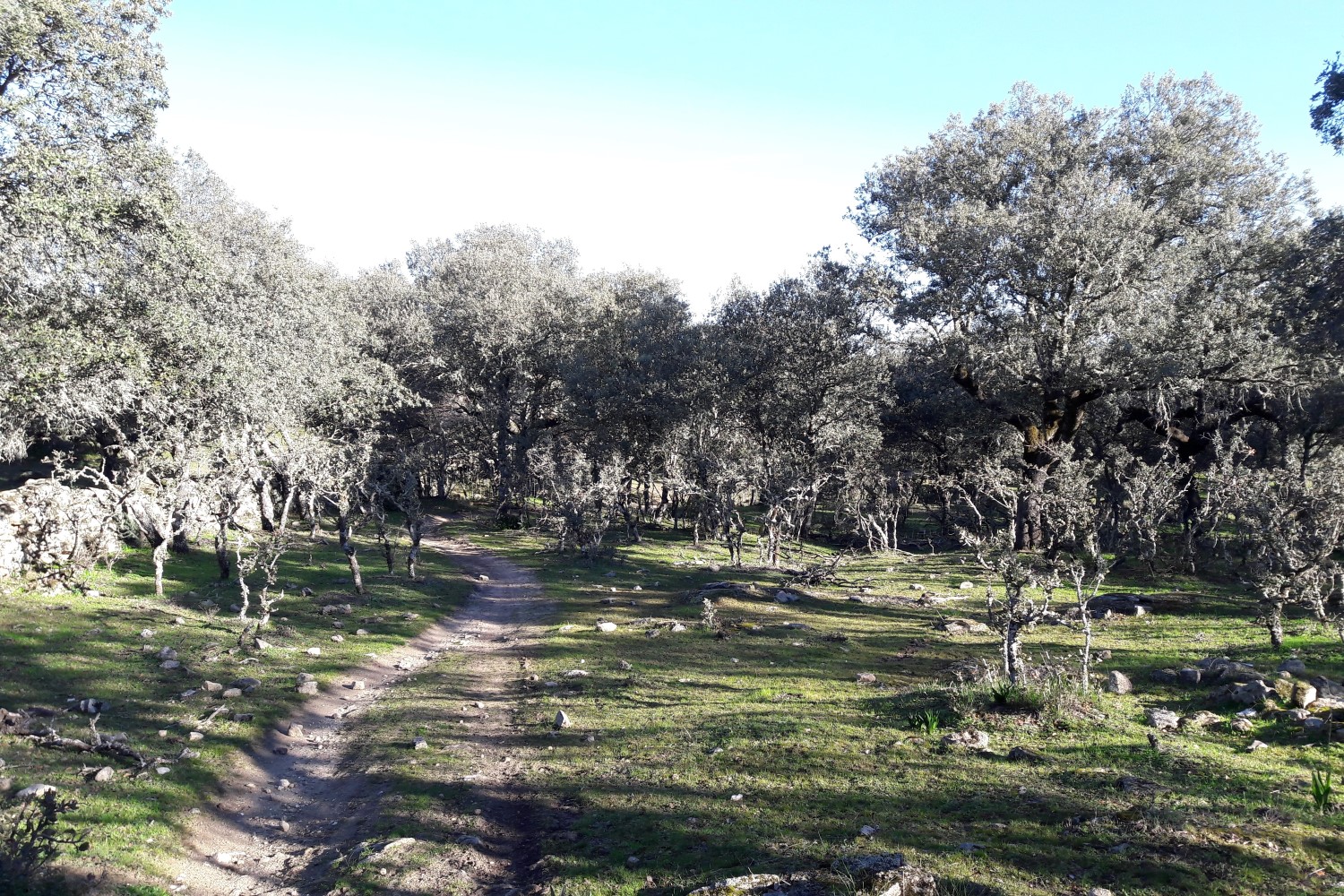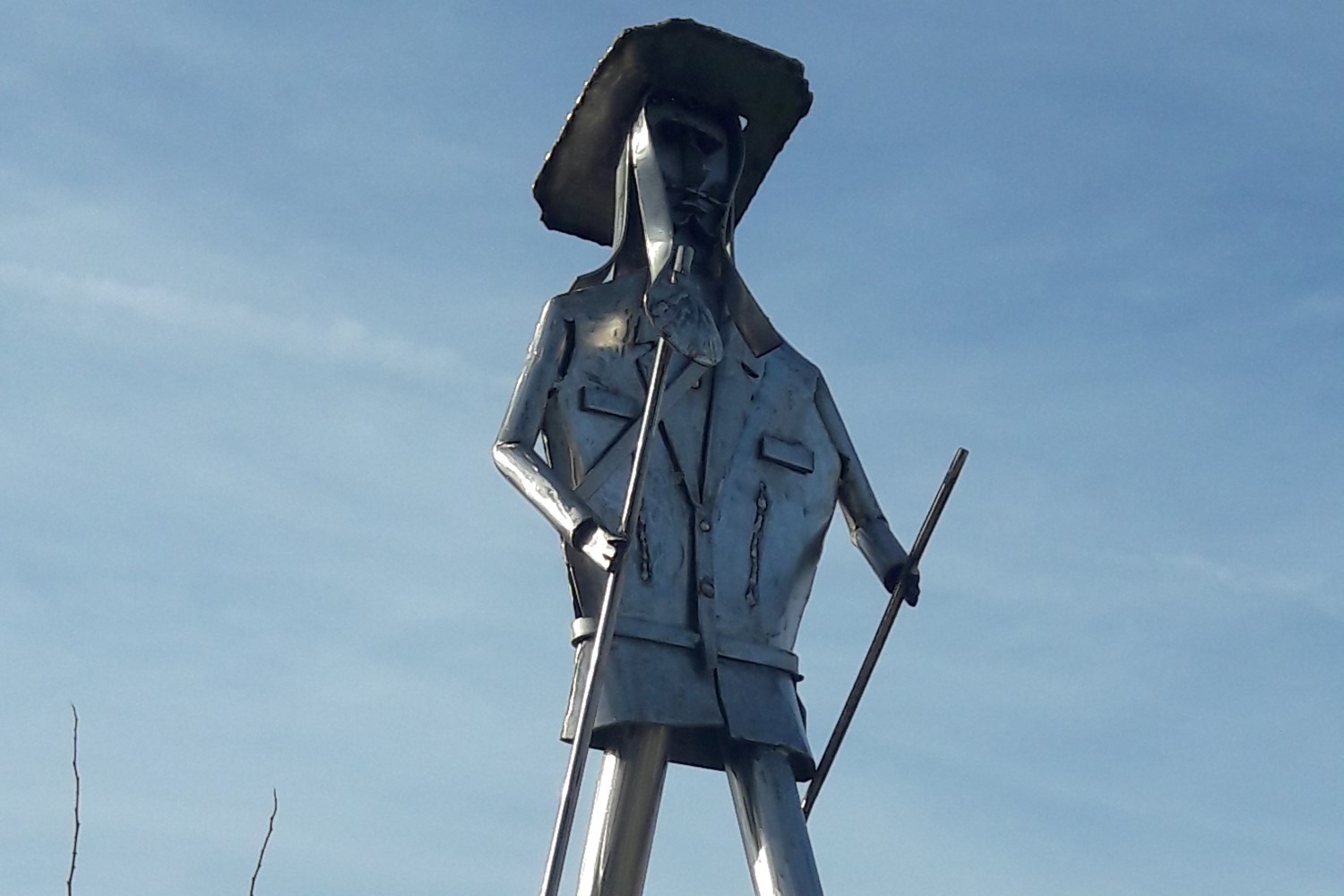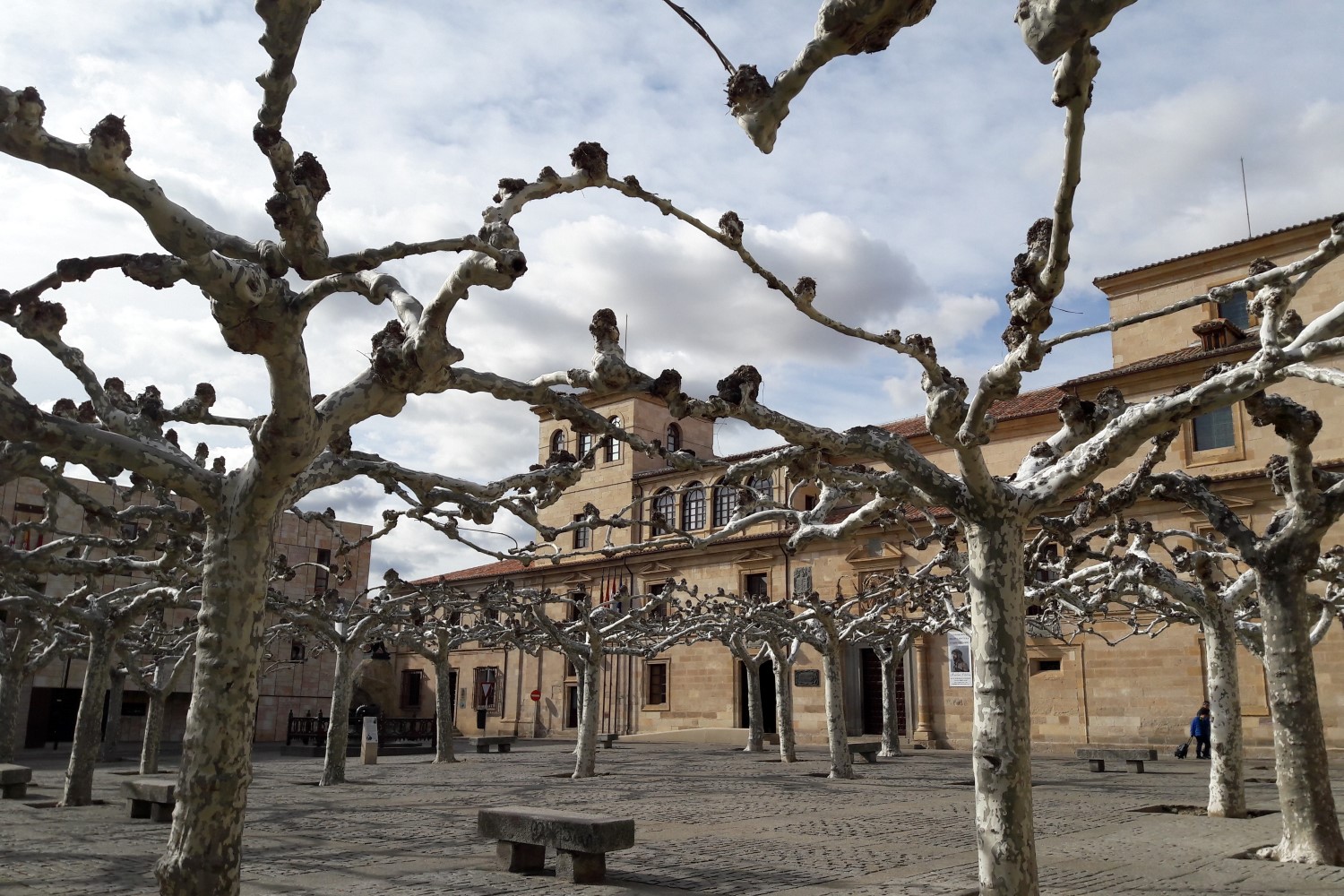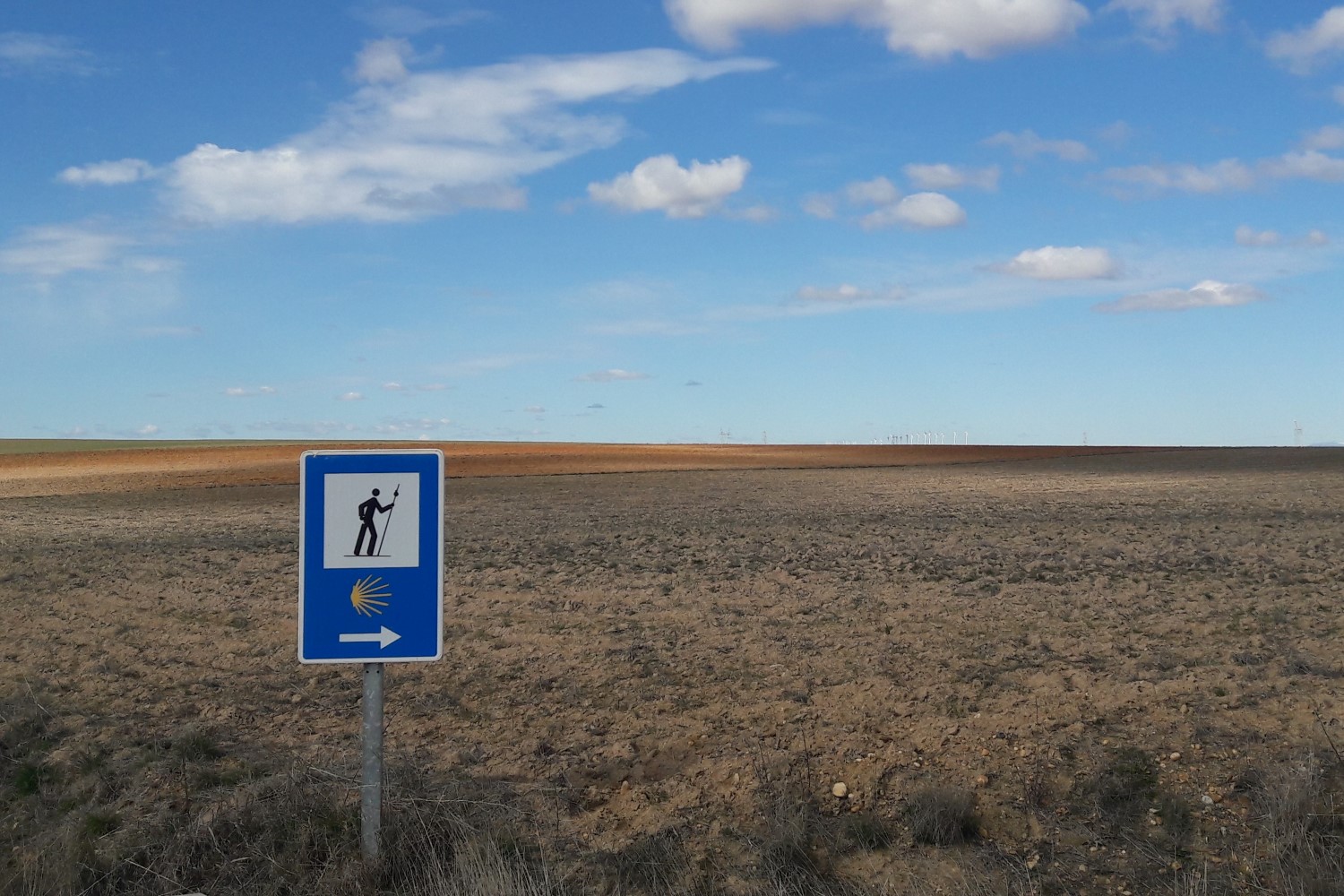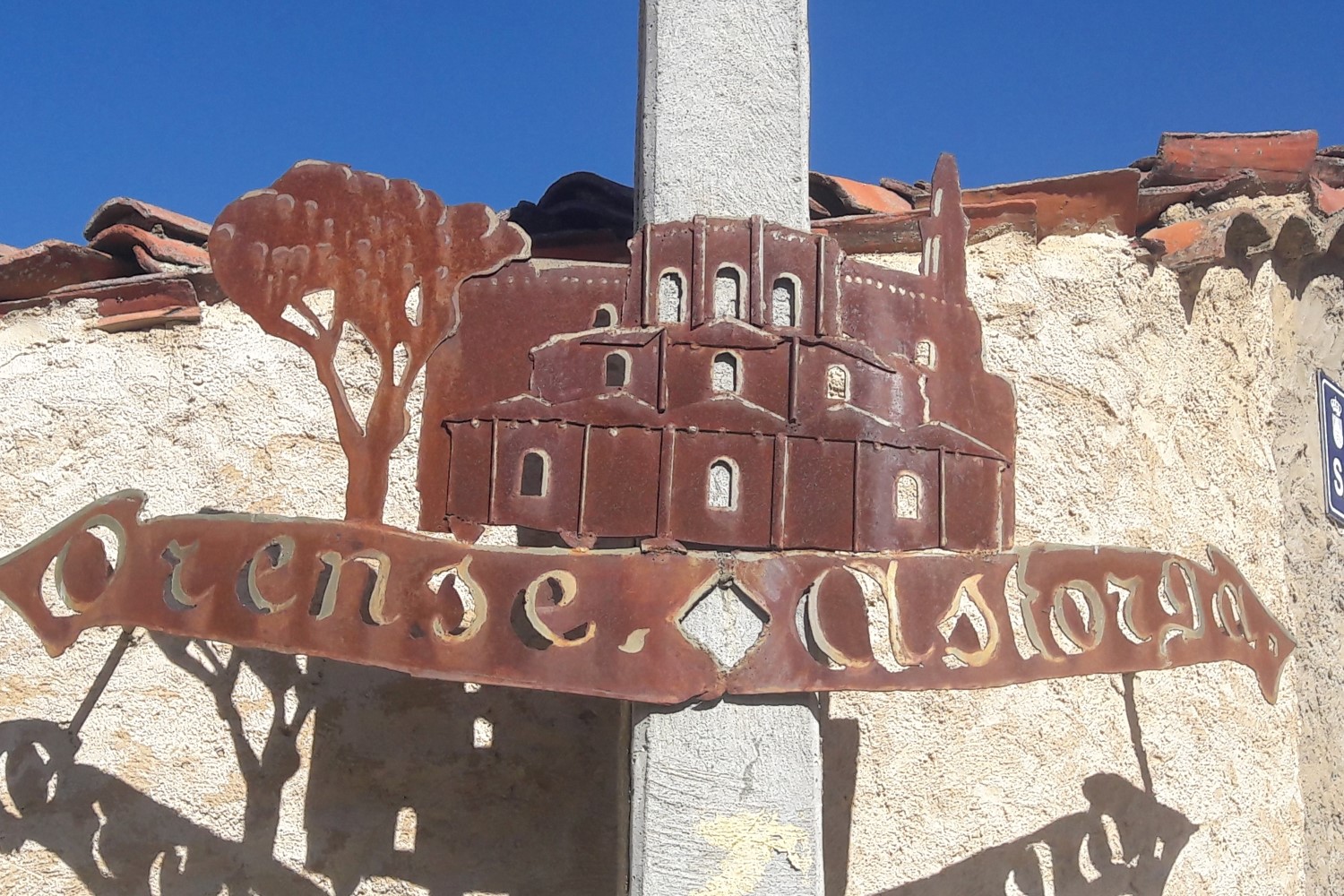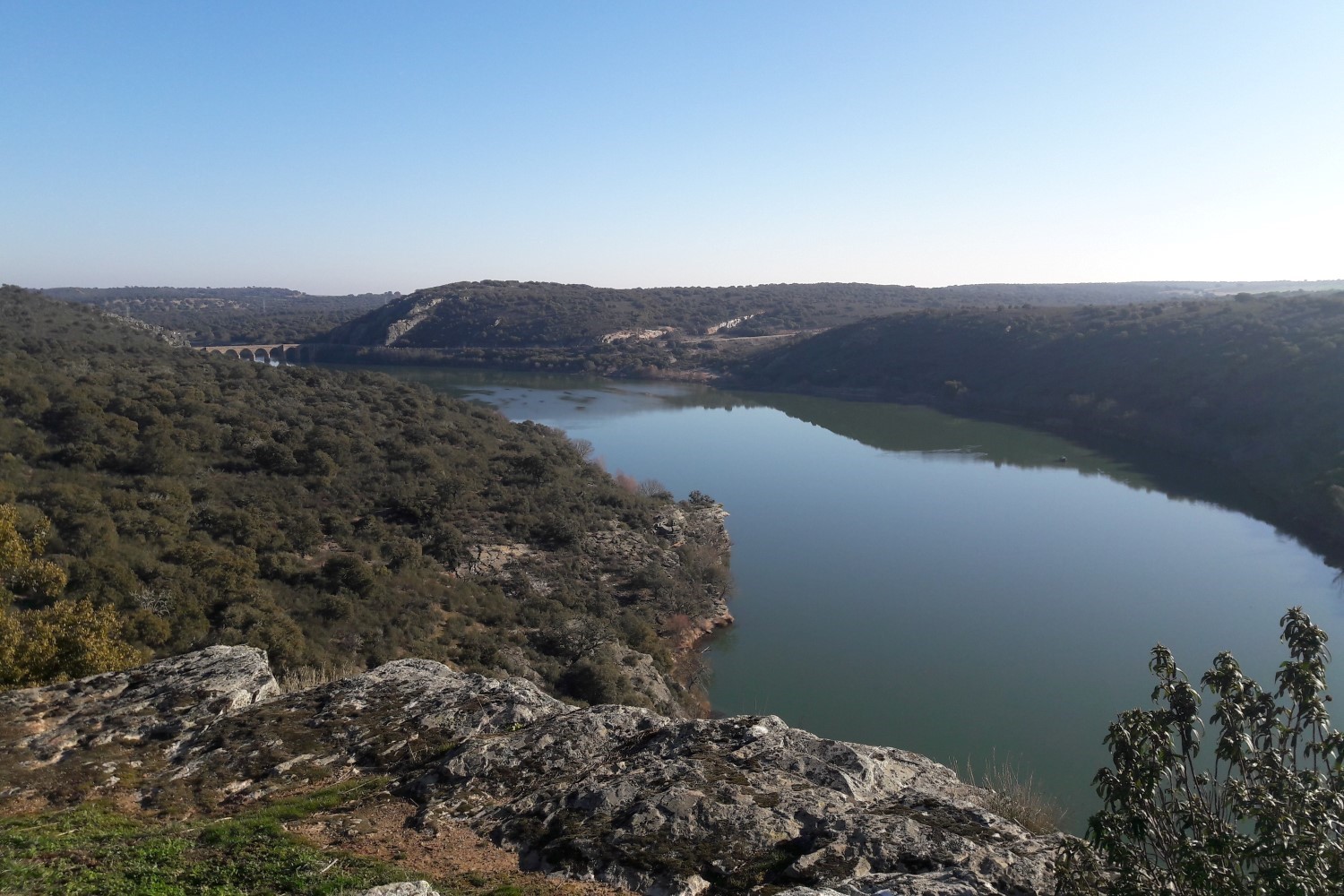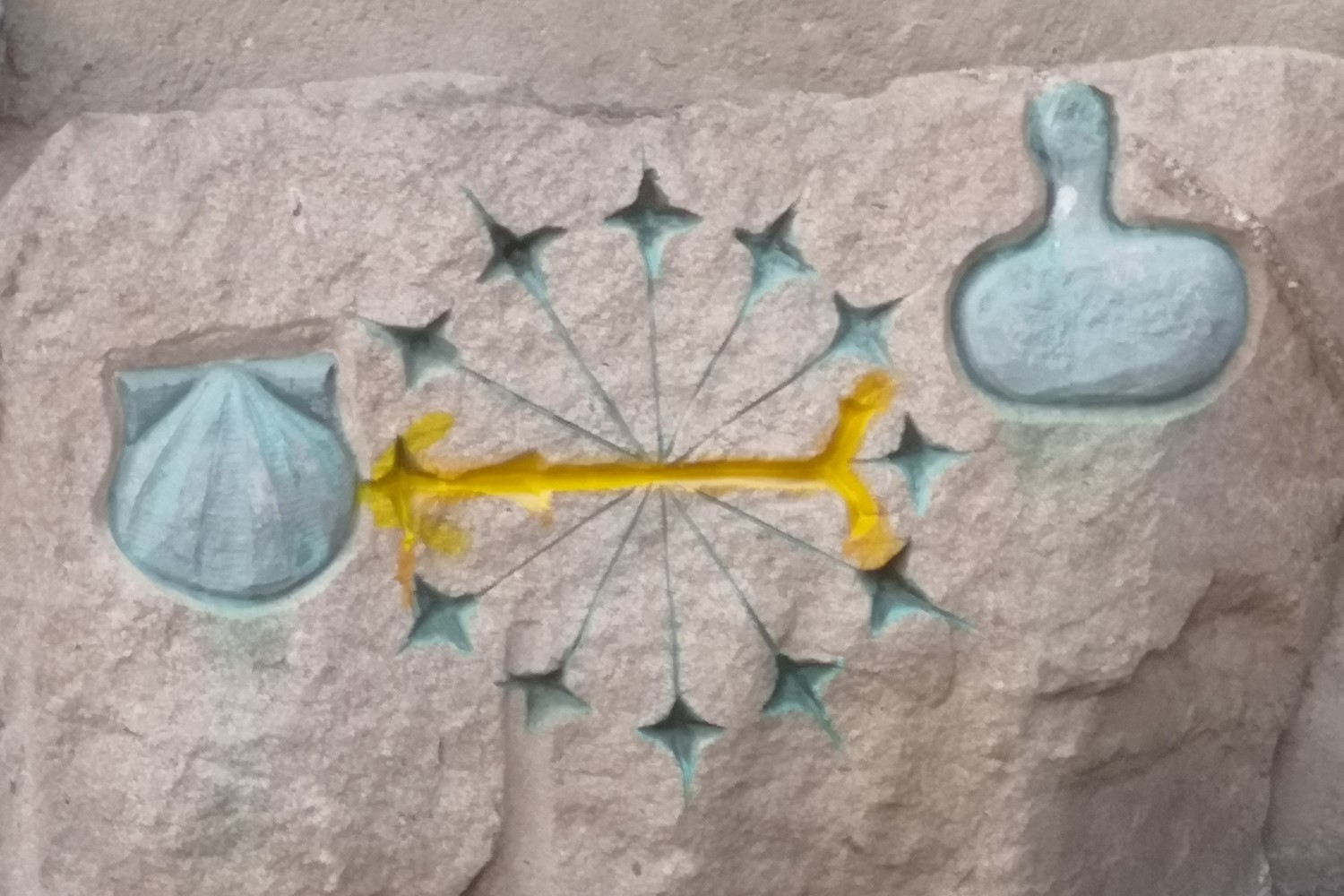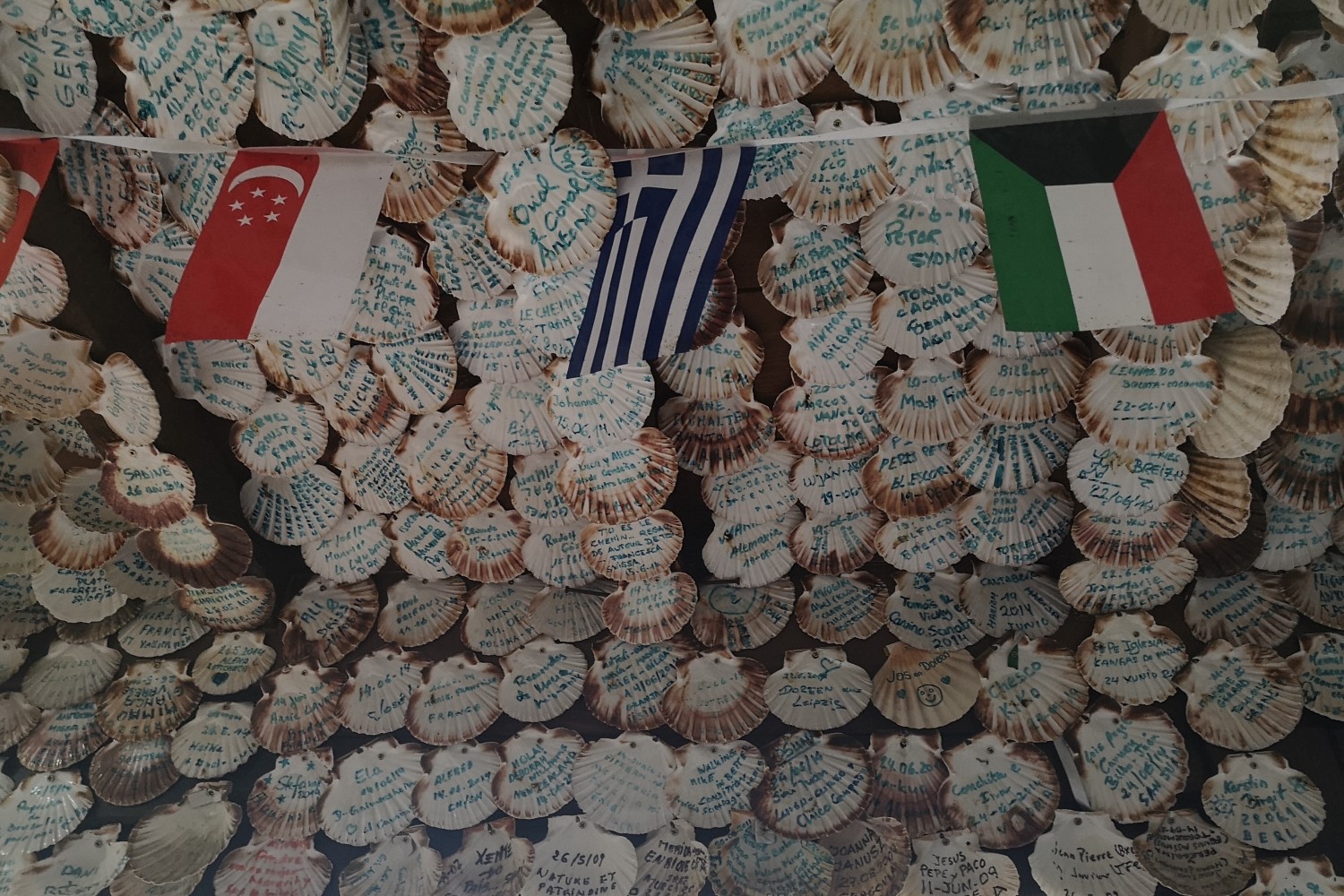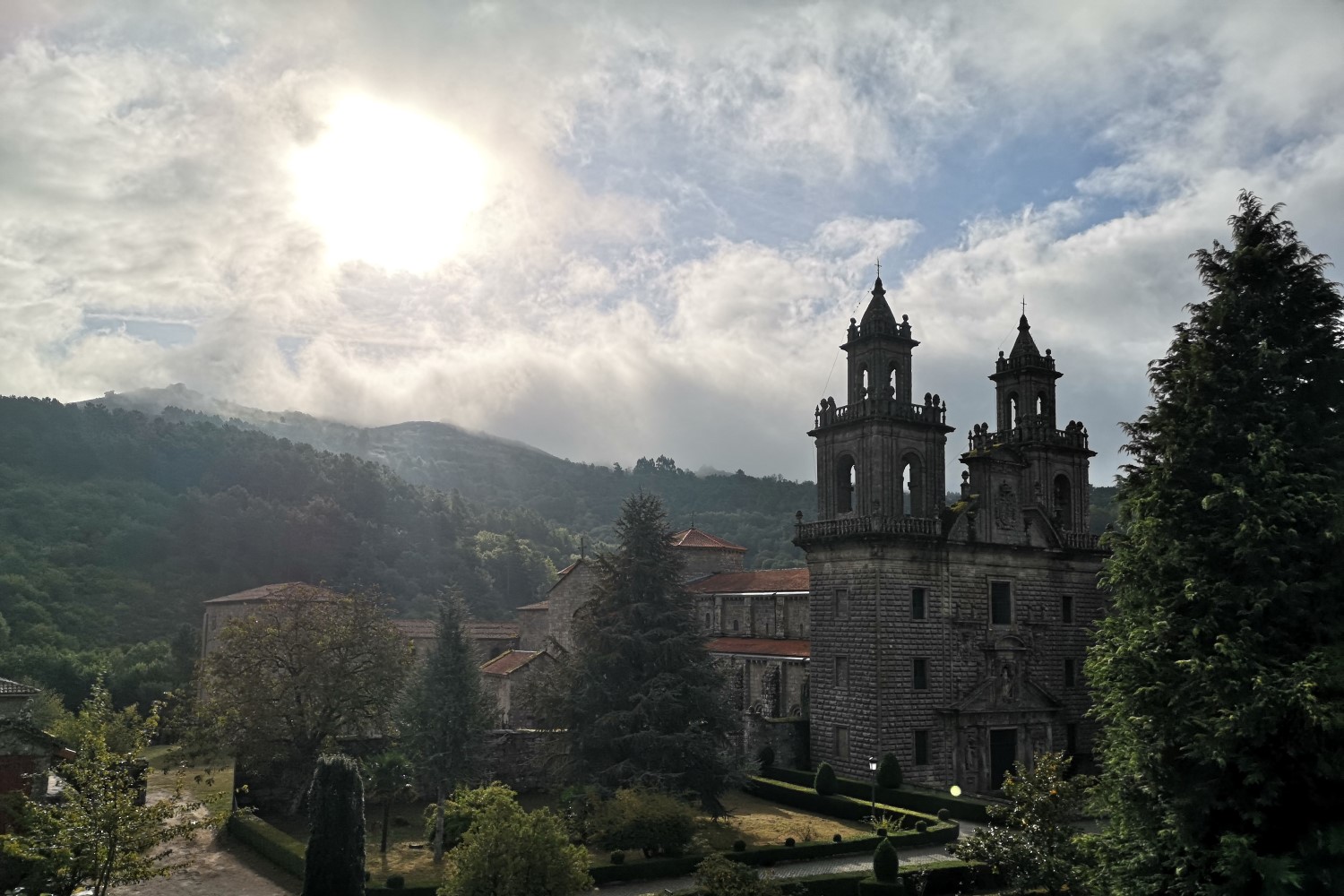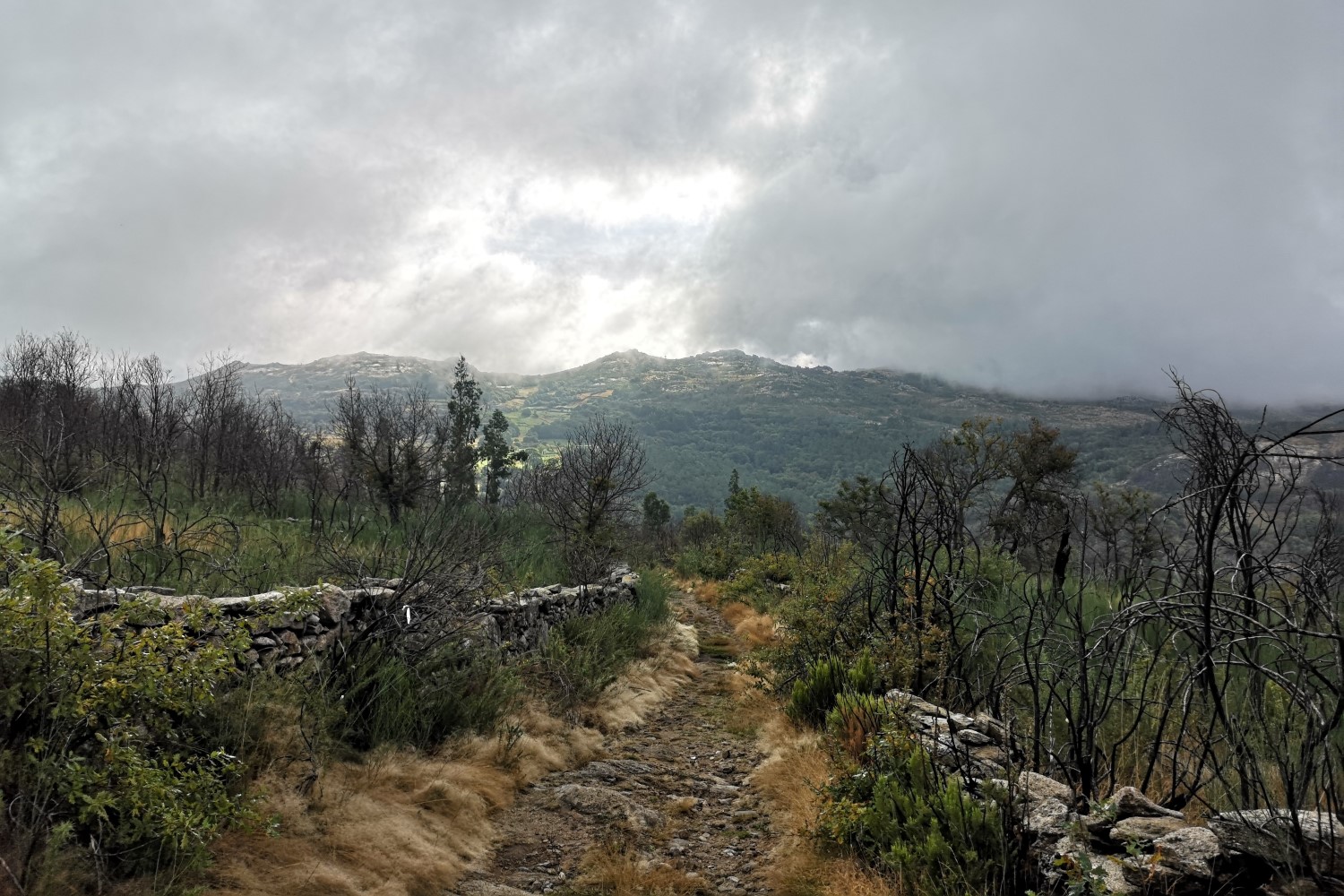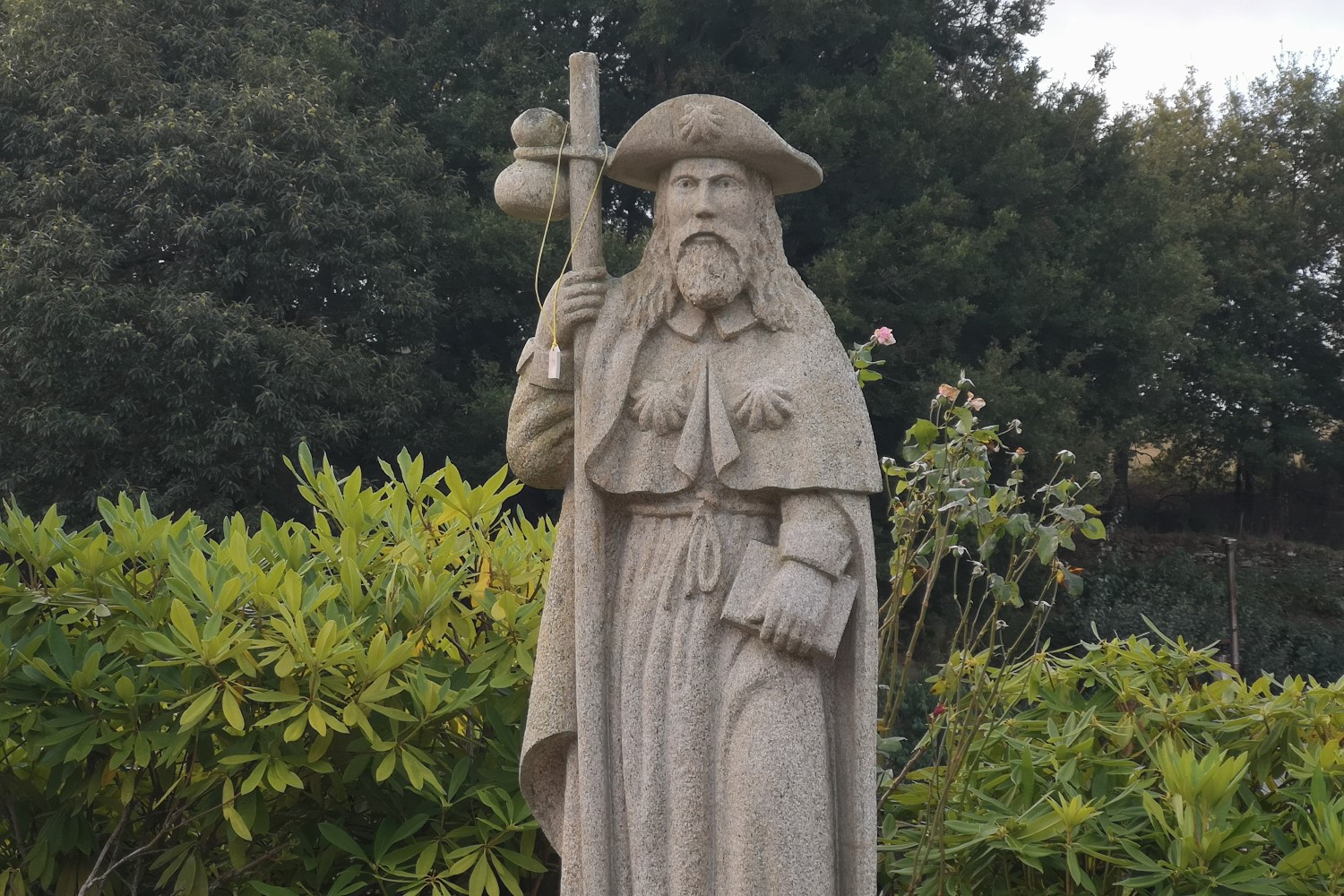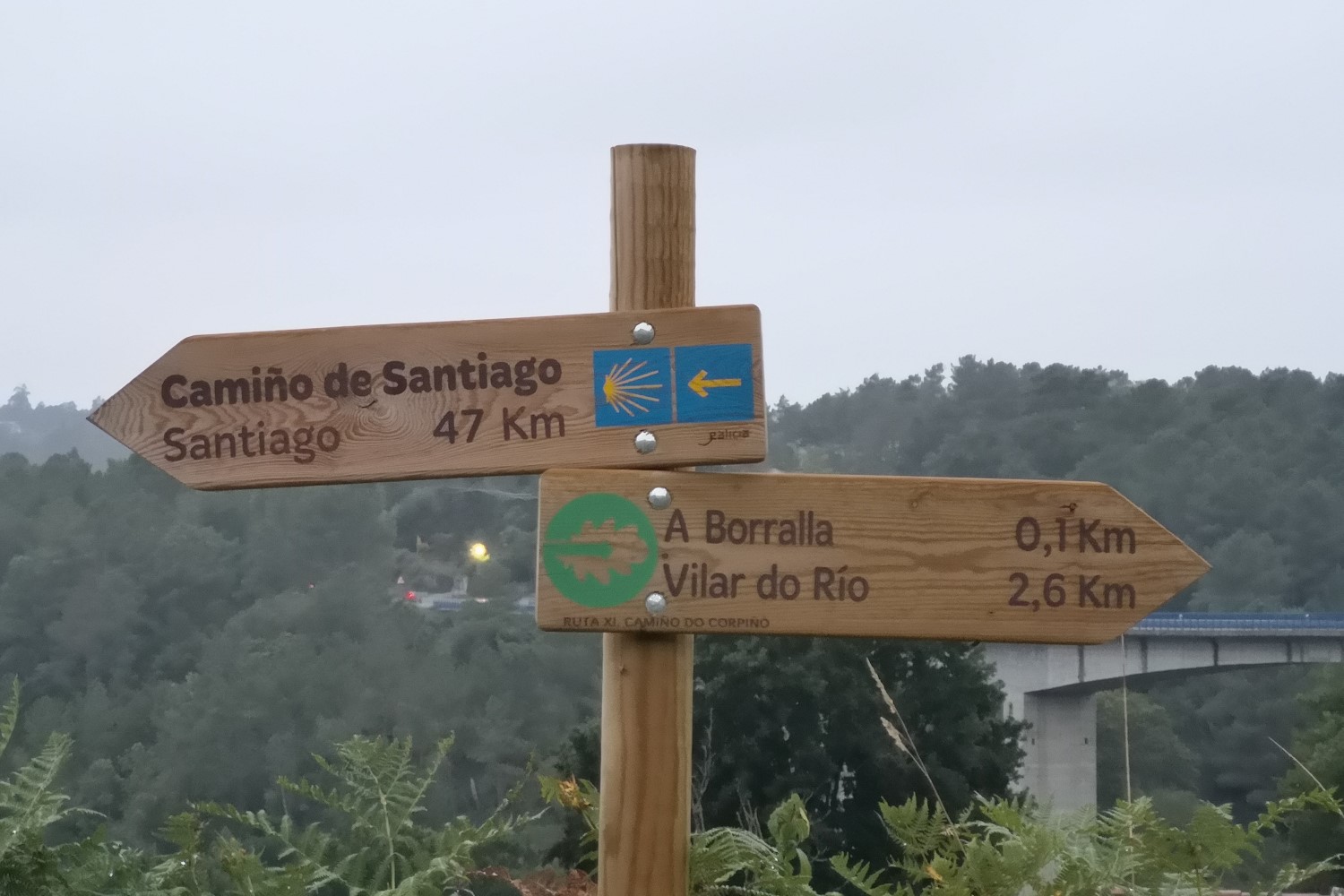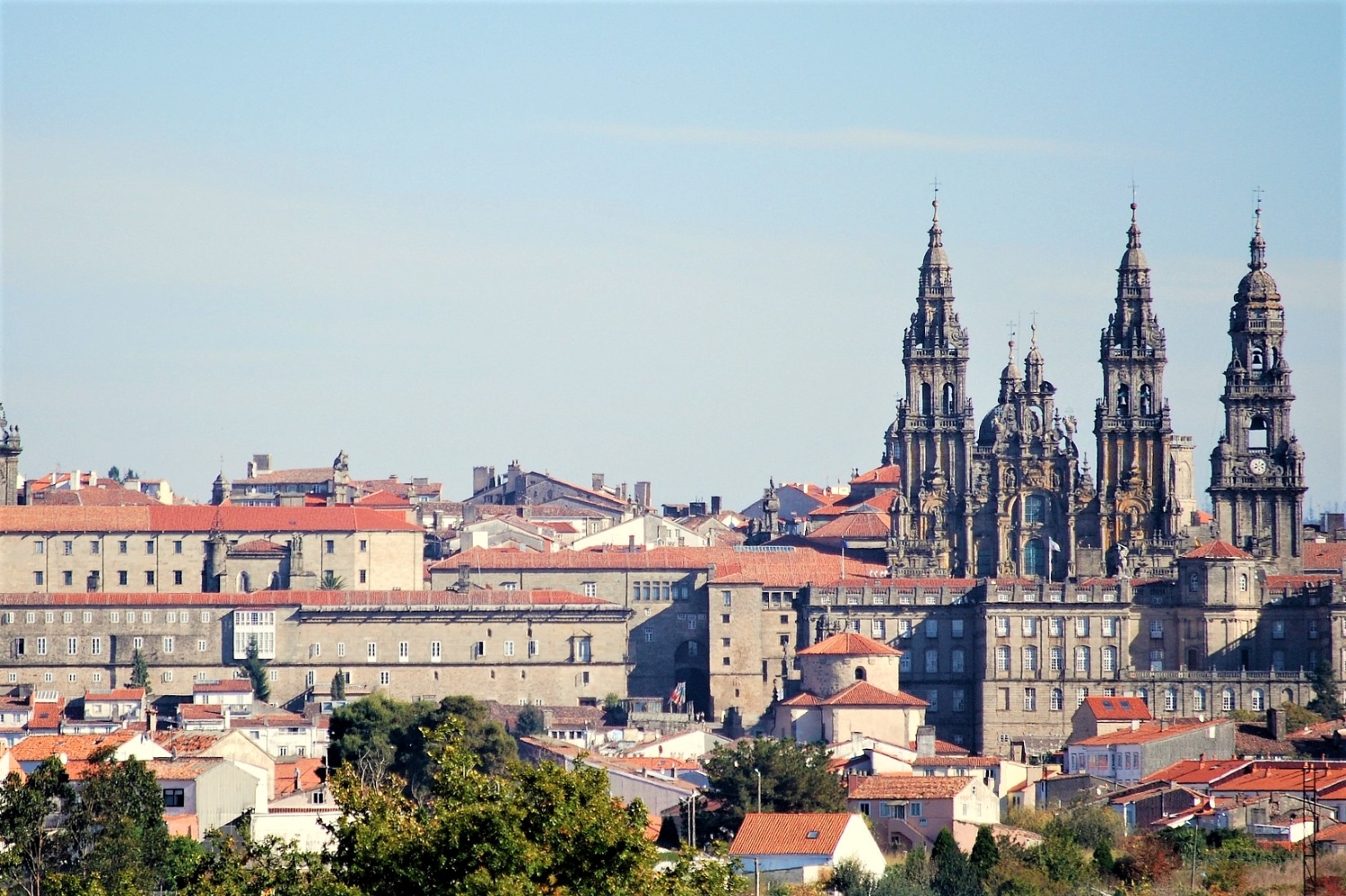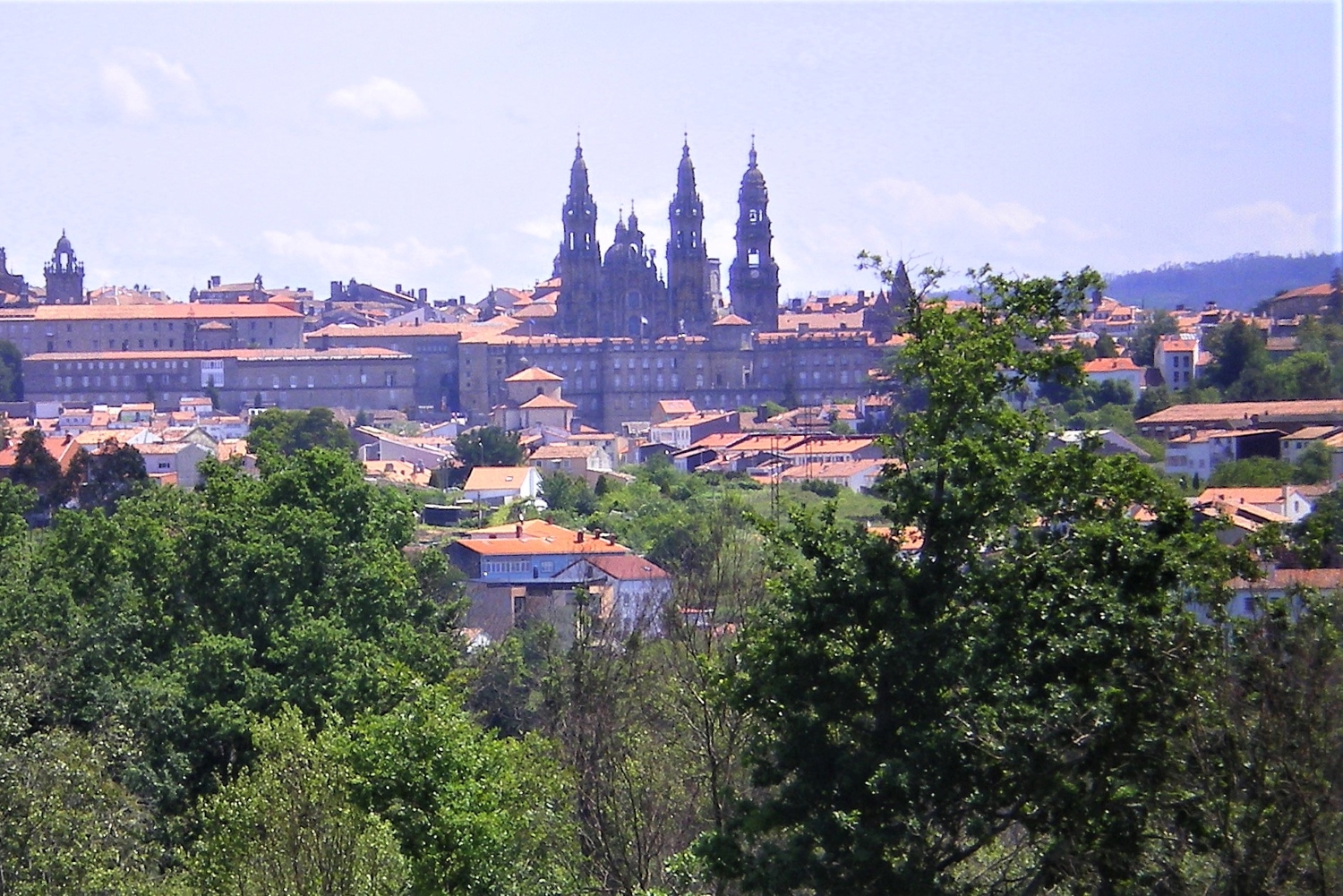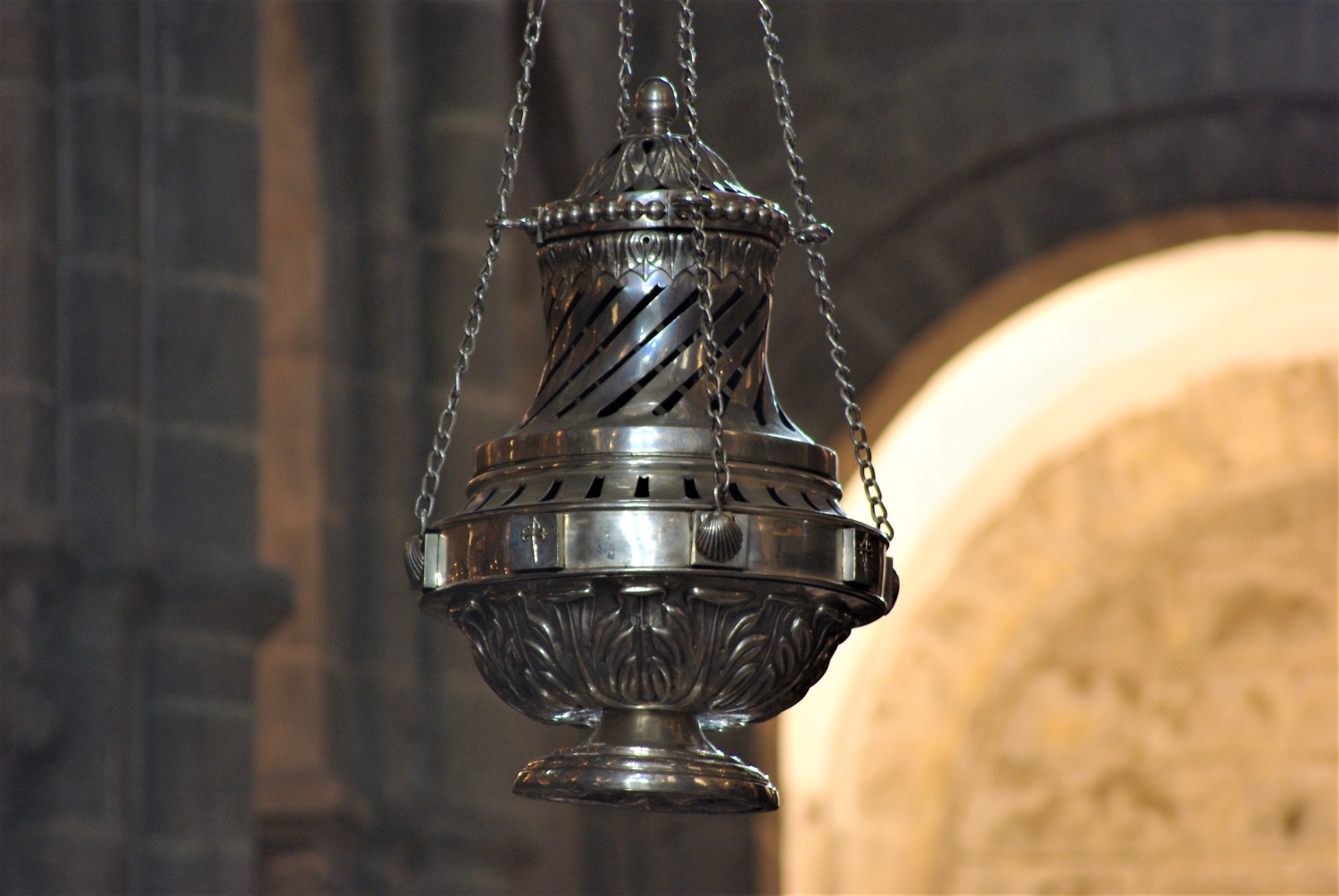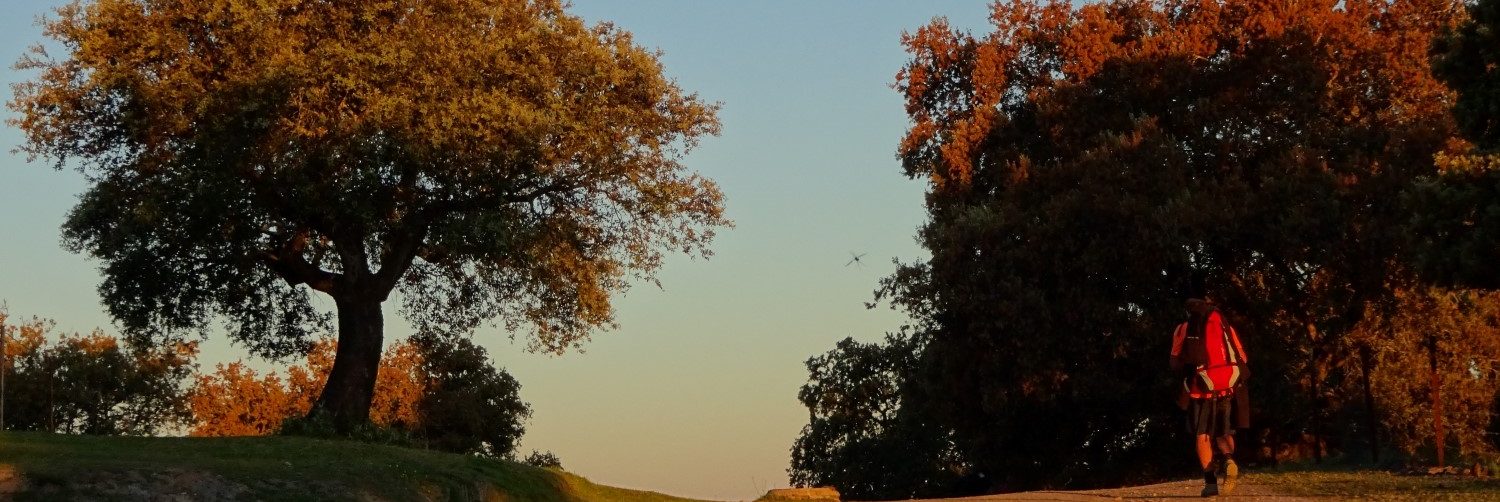
Via de la Plata
Seville ⇒ Santiago de Compostela
With almost 1000 kilometers/621 miles, the Vía de la Plata stretches along the important Roman trade route and captivates pilgrims with the unique landscapes it passes through. In addition, Roman structures and archeological sites bear witness to an eventful past.
Our Via de la Plata Self-Guided Tours
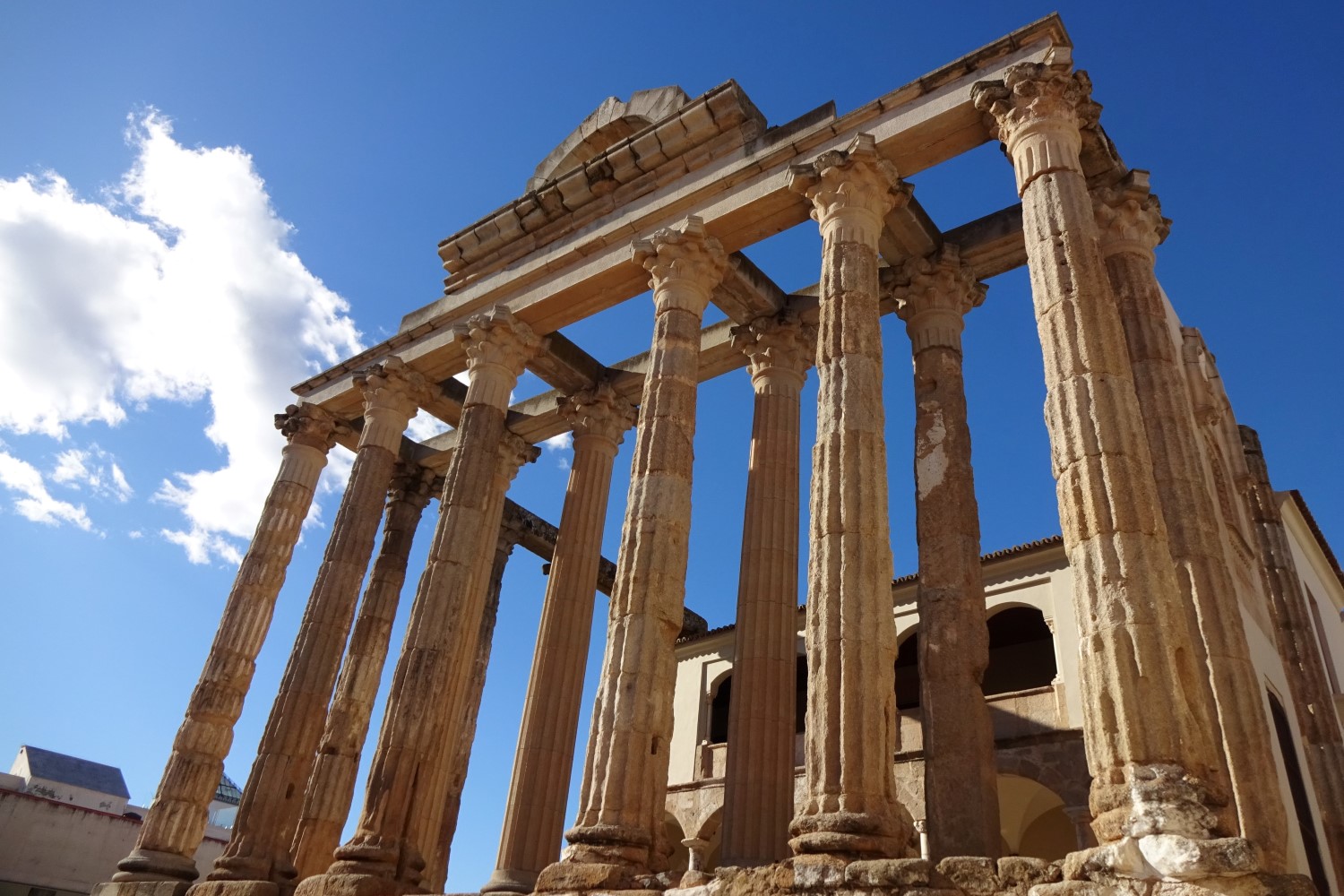
Via de la Plata:
Self-Guided Tour 1
Seville ⇒ Mérida
Starting from € 590
Duration: 12 Days Total / 10 Days Walking
Distance: 214 km. (133 mi.)
Difficulty: moderate
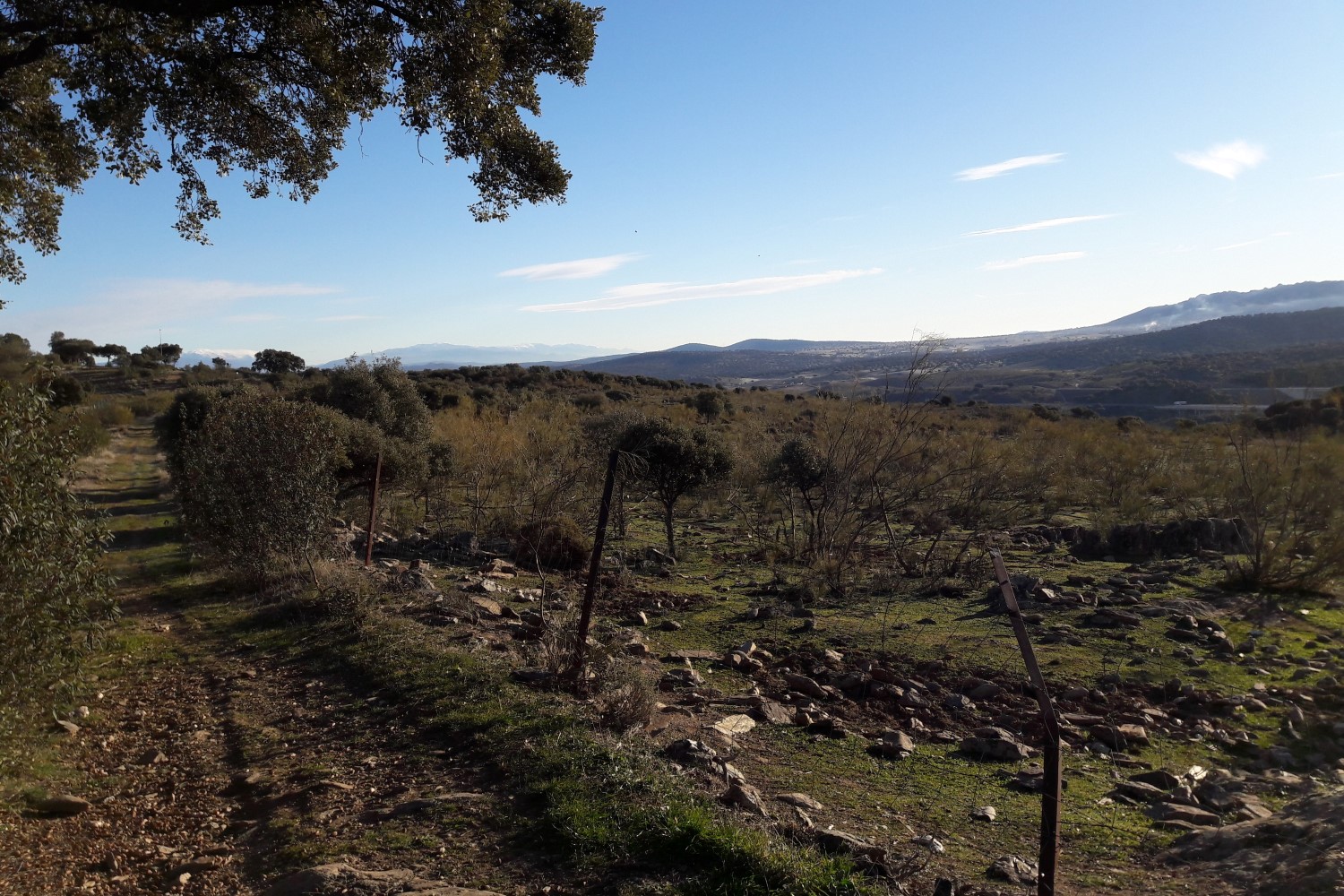
Via de la Plata:
Self-Guided Tour 2
Mérida ⇒ Carcaboso
Starting from € 580
Duration: 10 Days Total / 8 Days Walking
Distance: 158 km. (98 mi.)
Difficulty: easy/moderate
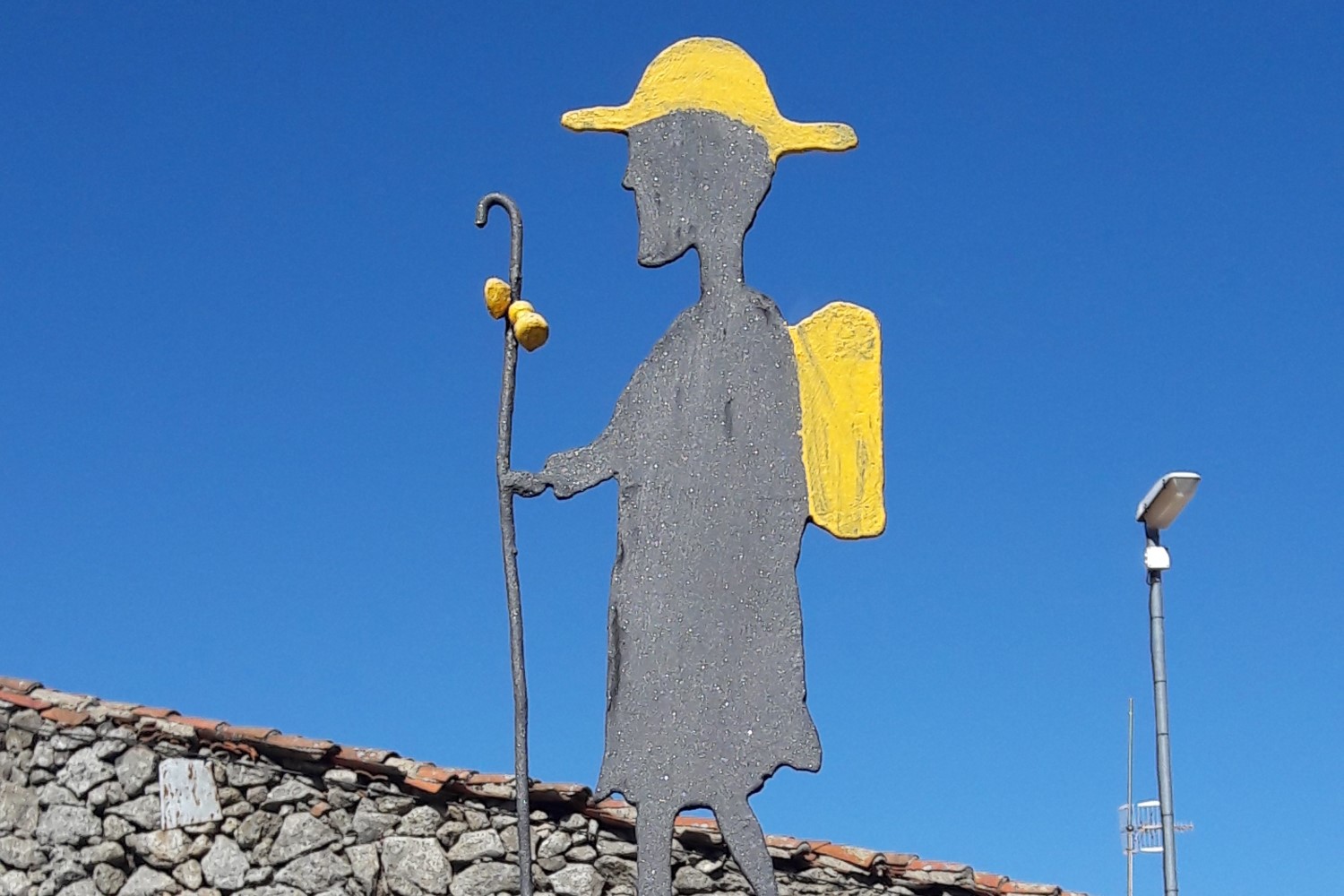
Via de la Plata:
Self-Guided Tour 3
Carcaboso ⇒ Zamora
Starting from € 530
Duration: 11 Days Total / 9 Days Walking
Distance: 207 km. (129 mi.)
Difficulty: easy/ moderate
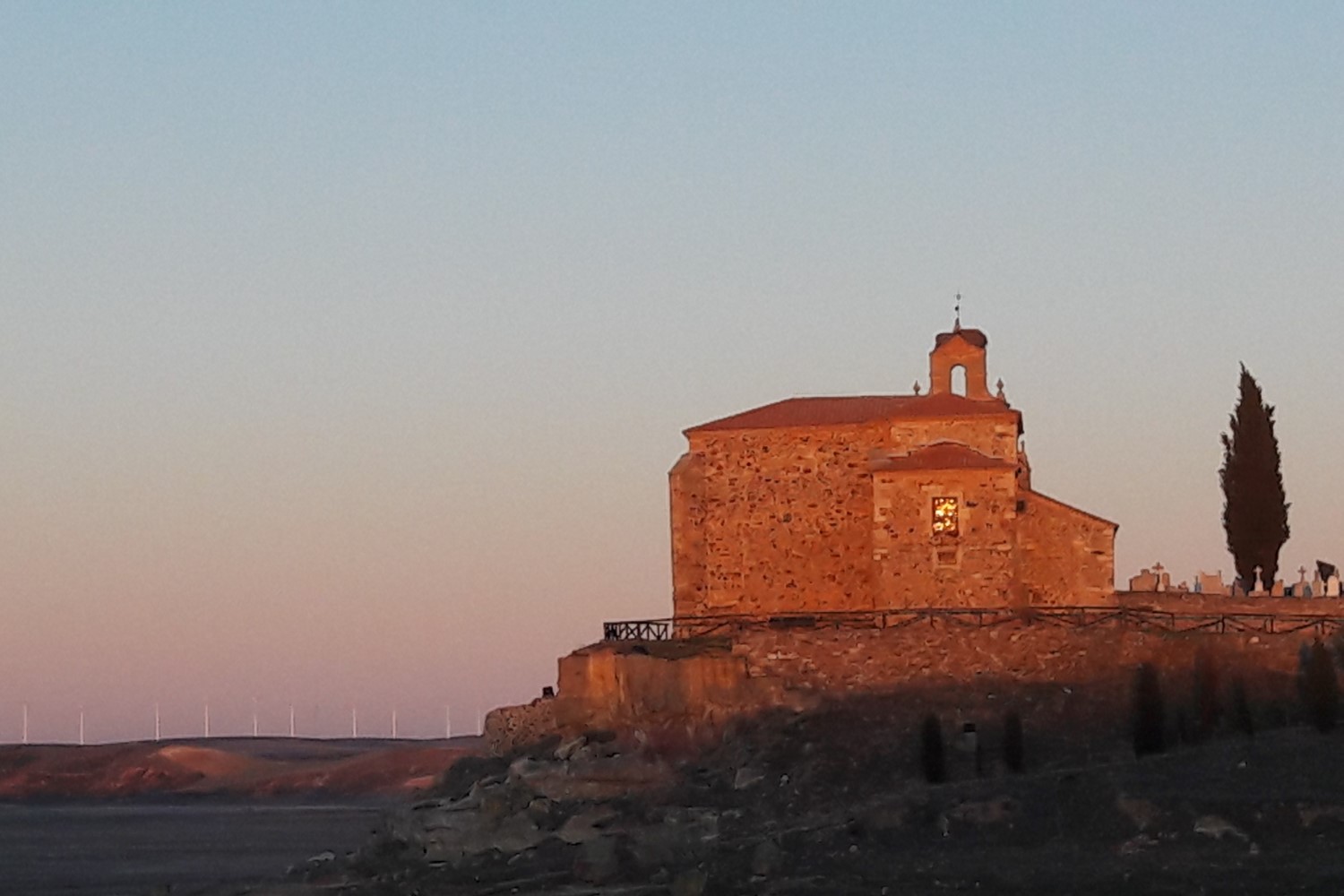
Via de la Plata:
Self-Guided Tour 4
Zamora ⇒ Ourense
Starting from € 720
Duration: 14 Days Total / 12 Days Walking
Distance: 274 km. (170 mi.)
Difficulty: moderate/ challenging
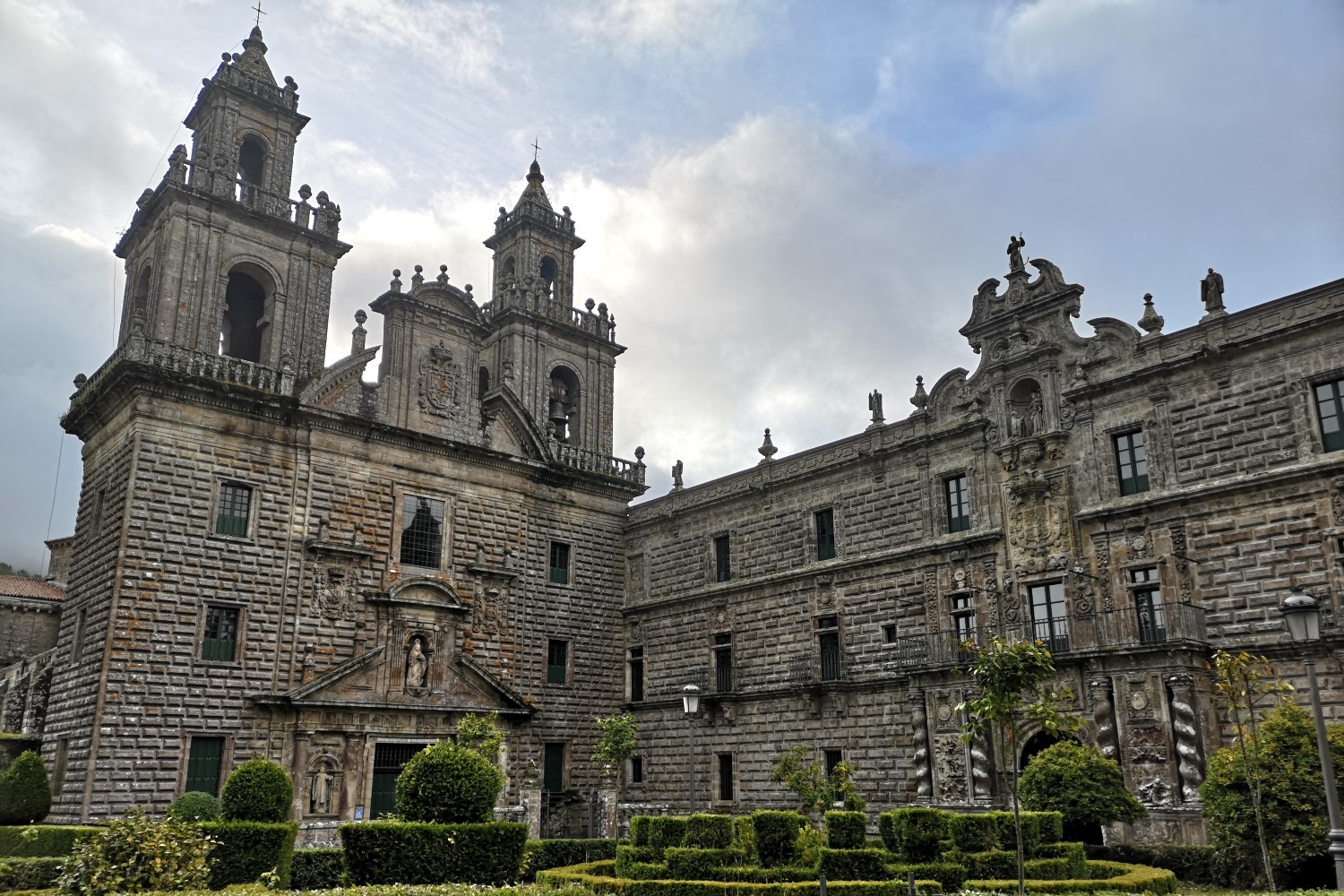
Via de la Plata:
Self-Guided Tour 5
Ourense ⇒ Santiago de Compostela
Starting from € 360
Duration: 8 Days Total / 5 Days Walking
Distance: 110 km. (68.4 mi.)
Difficulty: moderate
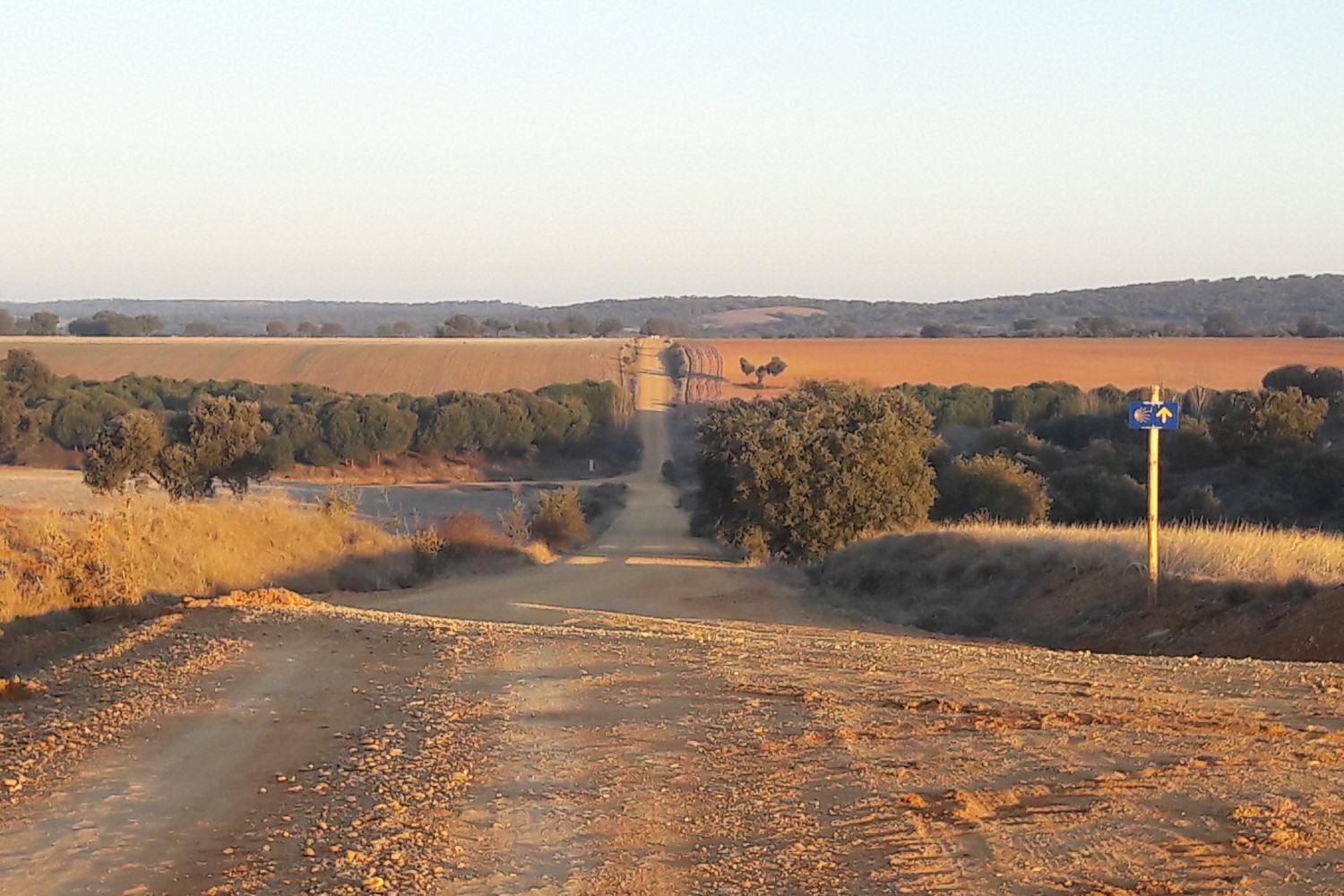
Full Via de la Plata
Self-Guided Tour
Seville ⇒ Santiago de Compostela
Starting from € 2.570
Duration: 47 Days Total / 44 Days Walking
Distance: 963 km. (598.4 mi.)
Difficulty: moderate
Information about the Via de la Plata
With almost 1000 kilometers/621 miles, the Vía de la Plata is the longest pilgrimage route. It stretches along an important Roman trade route that connects Seville in Southern Andalusia with Astorga in the north. Roman structures and archeological sites bear witness to the past. The Vía de la Plata captivates pilgrims with the unique landscapes it passes through, and its original and authentic pilgrimage atmosphere.
The Vía de la Plata was already a popular pilgrimage route in the Middle Ages. It passes through old Roman settlement areas that were later influenced by Moorish culture and architecture, and is highly interesting from a cultural and historical point of view. It attracts those who want to enjoy untouched nature, a wide view of the countryside, and the medieval towns along the way. The stretches are sometimes solitary and demand a lot from pilgrims, for this reason, the route has the reputation of not being so simple. This route truly is a small adventure. The moderate number of pilgrims makes it possible to quickly make familiar and intense acquaintances, which many pilgrims value so much. Thus, intense experiences of nature alternate with important ancient and medieval cities, such as Mérida, Zamora, Salamanca, and Ourense.
Vía de la Plata, translated literally, means Way of the Silver (Silver Way). Even though this name seems obvious for an ancient trade route, it is actually misleading. In fact, the Moors used the Roman trade route as soon as they settled in Spain in the early eighth century, and gave it the name bal’latta, which means broadly paved way. The name vía (way) pointed to the Roman origin.
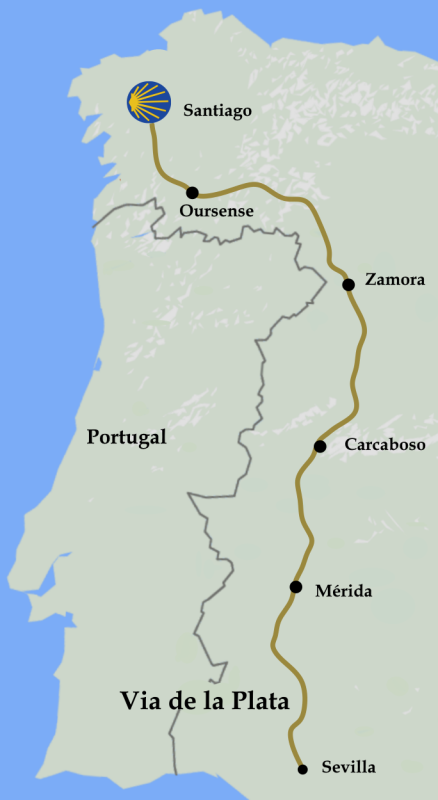
Read more
Actually, the route already dates back to the Bronze Age and was used by hunters to follow wild animal crossings. The Phoenicians also used the road before the Romans, especially to transport precious metals. It was later fortified by the Romans after they conquered the Iberian Peninsula in the second century. They paved the road and established important cities, such as Seville, Mérida, and Salamanca. Shepherds would later drive their flocks from Castile to Southern Extremadura as soon as winter would set in, a tradition still followed today. Therefore, on the Vía de la Plata, you walk in the footsteps of a long history.
The Vía de la Plata runs through Andalusia, Extremadura, Castile and León to Galicia. After 700 kilometers/435 miles, pilgrims can either hike to Astorga in the north and follow the Camino Francés (French Way), or turn west and reach Santiago de Compostela via Ourense. The old Roman road would lead to Astorga, but nowadays both routes are part of the Vía de la Plata. Another name is Mozarabic Way, named after the Christians living in the Moorish and Islamic south who would make their way to Santiago in the Middle Ages and were called Mozarabs.
The Vía de la Plata attracts many experienced pilgrims who want to get away from the hustle and bustle of the Camino Francés and follow secluded paths. But more and more new pilgrims choose this route as well, which often results in an extremely exciting and inspiring atmosphere. This infrastructure of this route is not as developed as the one found on the Camino Francés, for example, but has everything ready for the weary pilgrim. In many places, it creates the authentic pilgrim atmosphere, valued so much by many people.
What’s gonna be your Camino?
Get your free quote
Fields marked with * are mandatory and may not be left blank.


